The Hisense U8Q is a television that makes it hard not to feel that the manufacturer approached the topic with the ambition of a top student. The picture is strong, vibrant and contrasting – as if it were shouting: “look, I can do more than most in this price range!” And indeed, there is some truth to this. The secret lies in the large number of dimming zones in Mini-LED technology. Thanks to this, HDR does not just come down to promises in the brochure, but can actually impress – especially during evening viewings. It's also hard to complain about motion fluidity. Watching matches and fast-paced games is enjoyable, and although the ball may sometimes leave a slight trace, for 99% of viewers this will be a detail of little importance in everyday watching. Gamers also have reasons to be pleased here – although it's worth mentioning the lack of HGiG functionality right away. Aside from that, however, it is really good: low input lag, three HDMI 2.1 ports and a full set of gaming features make the U8Q one of the more interesting Mini-LEDs for console fans. Of course, there are no perfect products. The television still carries some “mini-LED” remnants, and the Vidaa system – although full of features – can be less intuitive and has a more modest selection of apps than competing platforms. But are these serious drawbacks or rather minor jabs in the context of the price and what we actually get? We leave the answer to that question to you!
- Matching (Score)
- Our verdict
- TV appearance
- Where to buy
- Contrast and black detail
- HDR effect quality
- Factory color reproduction
- Color reproduction after calibration
- Smoothness of tonal transitions
- Image scaling and smoothness of tonal transitions
- Blur and motion smoothness
- Console compatibility and gaming features
- Input lag
- Compatibility with PC
- Viewing angles
- TV efficiency during daytime
- Details about the matrix
- TV features
- Apps
- Playing files from USB
- Sound
Hisense U8Q vs Philips OLED820
Direct compare
U8Q
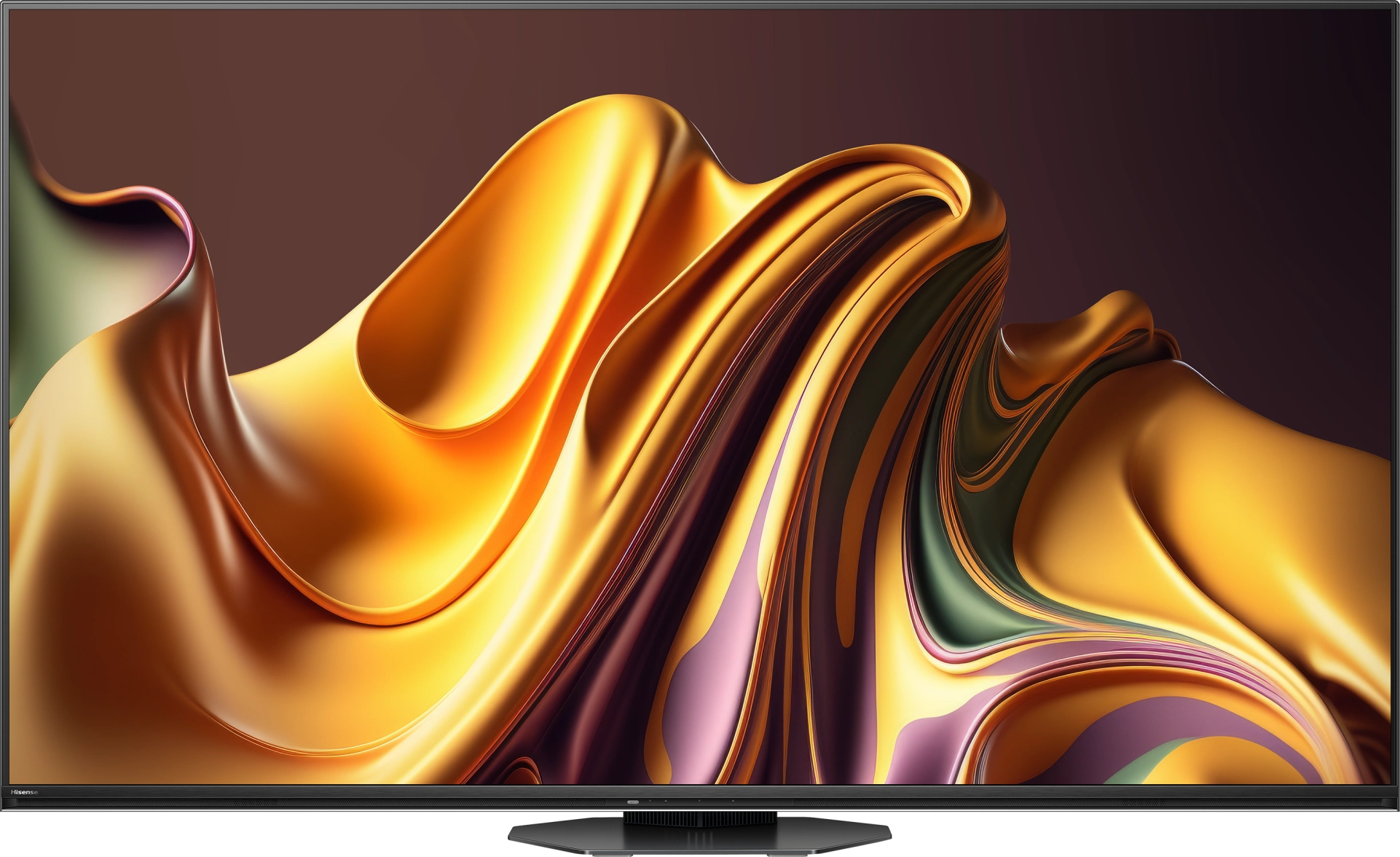

Panel type: LCD VA
Resolution: 3840x2160
System: VIDAA
Model year: 2025
Complete the survey to find out the result

Panel type: WRGB OLED
Resolution: 3810x2160
System: Google TV
Model year: 2025
Complete the survey to find out the result

Overall rating
8.0
8.0
Movies and series in UHD quality
7.8
8.3
Classic TV, YouTube
7.6
8.6
Sports broadcasts (TV and apps)
7.2
8.5
Gaming on console
8.6
9.4
TV as a computer monitor
8.4
6.5
Watching in bright light
8.2
5.7
Utility functions
9.4
6.8
Apps
7.7
9.6
Sound quality
7.8
7.7
Complete the survey to find out what fits your preferences
Advantages
Great blacks and contrast
Incredibly high brightness
Full HDR format package: HDR10, HDR10+, Dolby Vision
Good motion fluidity - 165Hz panel
Outstanding usability in difficult lighting conditions (High brightness + New anti-reflective coating on the panel)
Many features for gamers, VRR, ALLM, HDMI 2.1, 288Hz for PC
All 3 ports in HDMI 2.1 standard (Finally!)
USB-C with video signal sending capability (Displayport)
Many features in the Vidaa system
Support for DTS and Dolby Atmos
Ideal contrast and black thanks to the WOLED panel
High HDR brightness (up to 1300 nits) and wide coverage of the DCI-P3 colour palette (99%)
Support for multiple HDR formats including Dolby Vision and HDR10+
Great motion smoothness, no motion blur, refresh rate up to 144 Hz
Full support for gamers: HDMI 2.1 (2 ports), VRR, ALLM, HGiG, Dolby Vision in games, low input lag
Ambilight that has a real impact on the perception of the image and distinguishes the television from the competition
GoogleTV system with a vast application base and excellent voice assistant
Extras including: Backlit remote control and swivel stand
Support for Dolby Atmos and DTS:X audio formats
Disadvantages
Missing some applications in the Vidaa operating system
At maximum volume, the television shakes slightly
The television tends to "overexpose" the image in 4K HDR materials.
Only two HDMI 2.1 ports (with 2 consoles and a soundbar we are forced to "juggle" with the cables)
Lack of many classic "TV" functions, e.g. recording to USB or PiP mode, infrared remote may be irritating
Slight issues with colour blending (much better than last year but far from the competition)
Problems with font readability when working with PC (lack of full support for Chroma 4:4:4)
Our verdict
Philips OLED820 is a very successful and significant step forward compared to last year's model, the OLED 819. For many people, the main reason for purchase will, of course, be Ambilight: the multi-coloured lighting system that distinguishes Philips televisions from the competition. It's not hard to see why, as it made a huge impression on us as well. It's not just an impressive gadget, but a real addition that can transform the experience of the content being viewed and add depth to it. However, Ambilight should not overshadow what the OLED820 offers as a screen. We have almost infinite contrast, high brightness in HDR films, and excellent colour reproduction, which improves even further after slight tweaking or professional calibration. This set guarantees one of the best images that can currently be found on the market, and on top of that, we are aware that the television offers something unique and unattainable anywhere else. It is also a device that performs well in gaming. The 144 Hz panel and HDMI 2.1 ports open up access to the full potential of next-generation consoles, and the low input lag ensures that gameplay is exceptionally responsive. The operating system – Google TV – also deserves praise. It is a much better solution than the proprietary Titan OS found in lower models of Philips, such as the OLED770. This is a serious argument for paying extra for this model. A larger library of applications, a more efficient voice assistant, and fewer system errors translate into a distinctly better daily experience. Of course, the Philips OLED 820 is not free from minor flaws – there are some shortcomings in the software, and certain functions could be better refined. Nevertheless, the overall presentation is very solid. Perhaps the OLED820 is not a revolutionary television, but it is a very successful and well-balanced proposition in Philips's offering. It combines excellent image quality, a full set of functions for gamers, and a unique addition in the form of Ambilight. If you are looking for a solid OLED in the mid-range that, aside from good image quality, offers something distinctive and simultaneously exceptional, the OLED820 should be high on your shopping list.
TV appearance
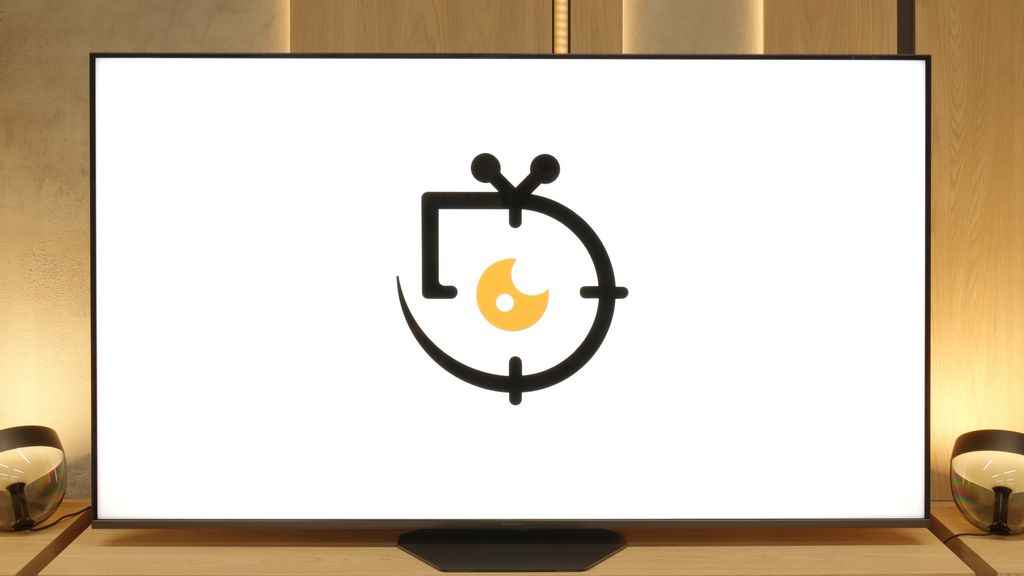
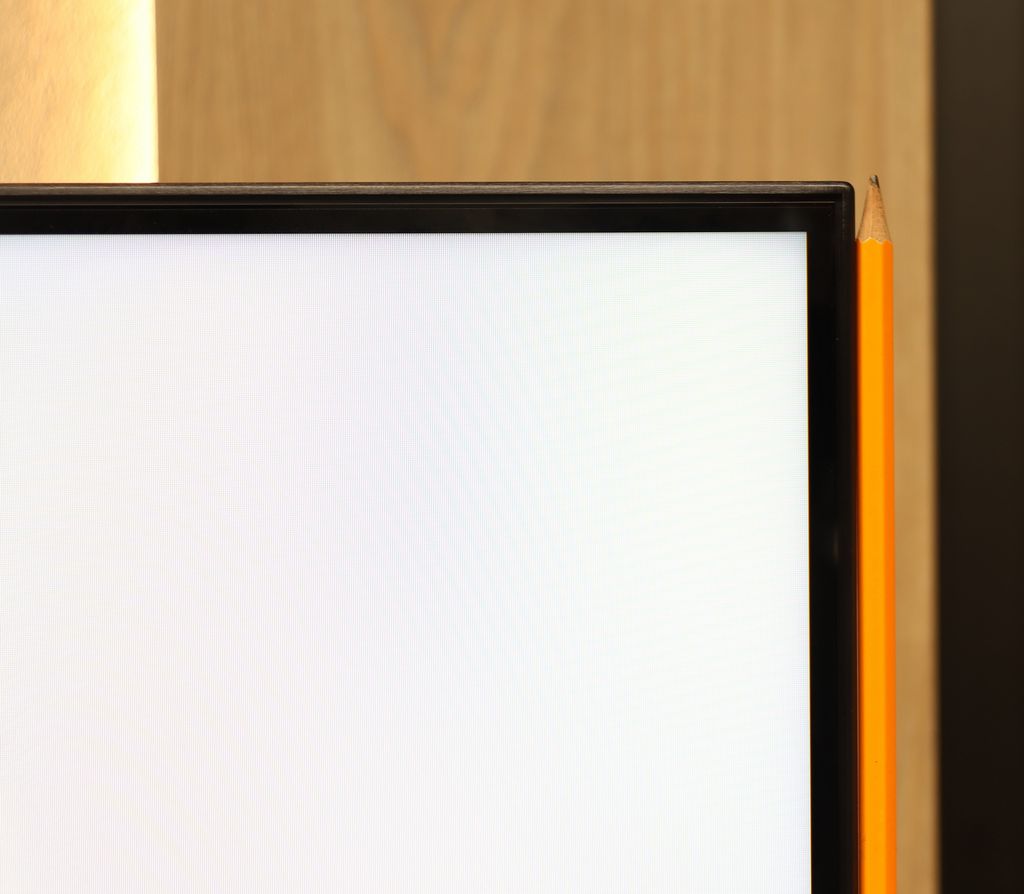
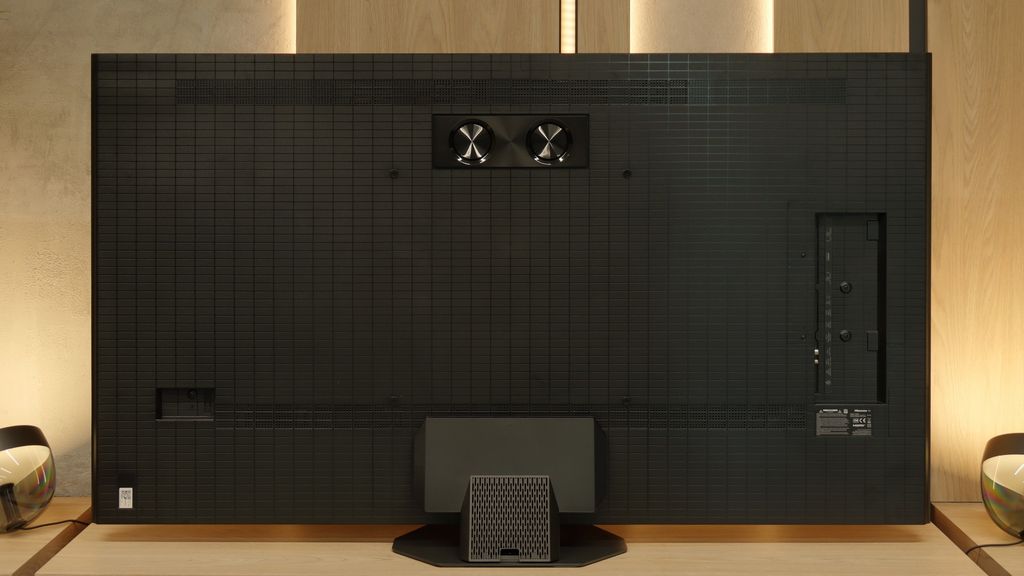
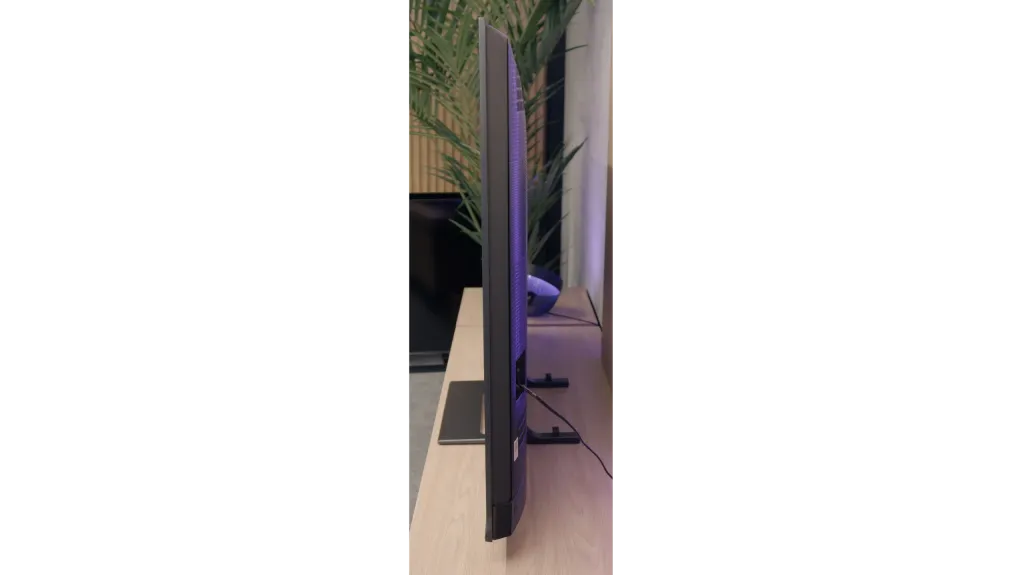




Contrast and black detail
8.6/10
10/10
Local dimming function: Yes, number of zones: 2048 (32 x 64)
Contrast:

Result
1,024,000:1

Result
140,000:1

Result
35,000:1

Result
22,350:1

Result
22,300:1

Result
∞:1

Result
∞:1

Result
∞:1

Result
∞:1

Result
∞:1
Halo effect and black detail visibility:
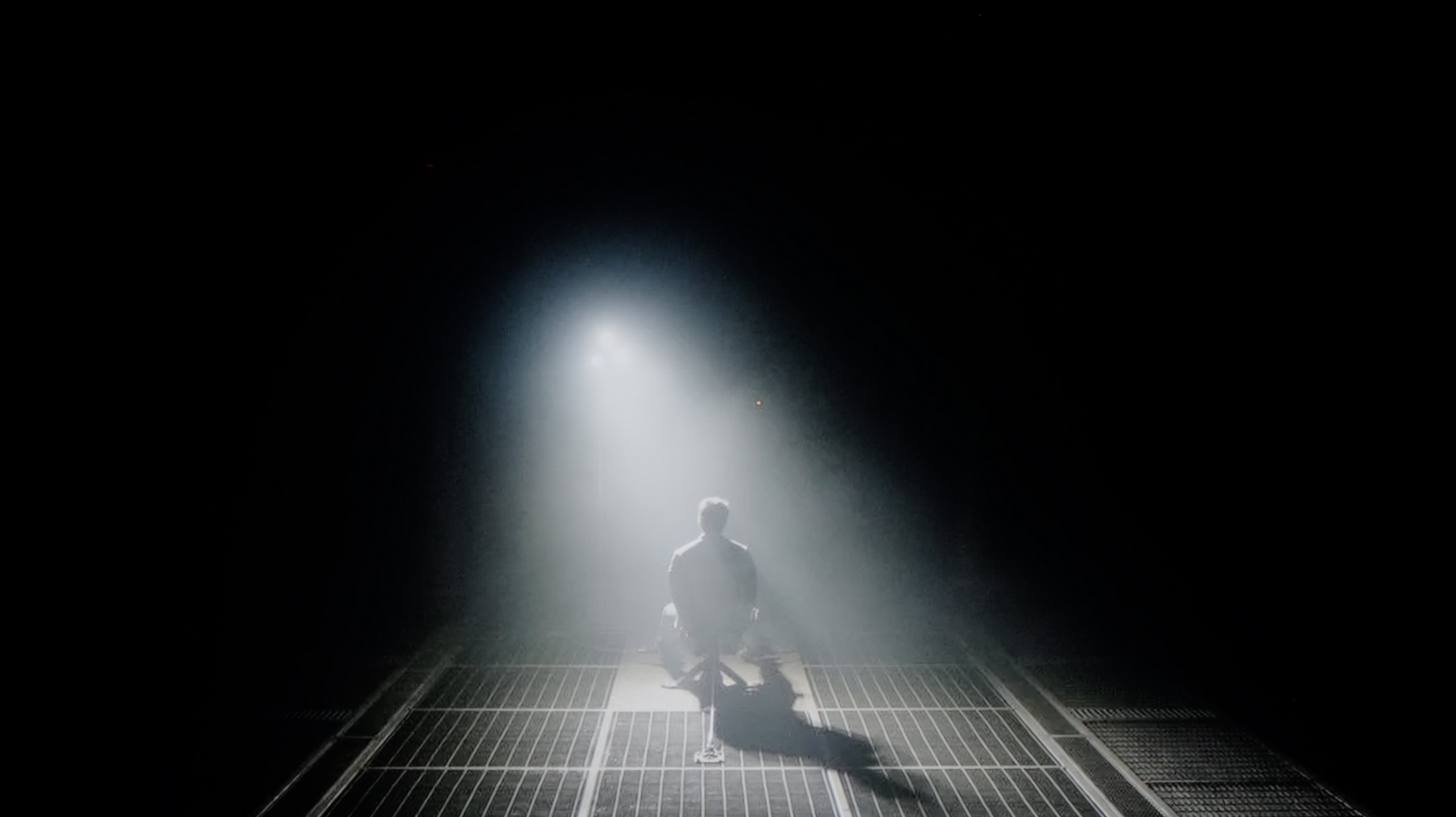

The unit of Hisense U8Q that we tested, measuring 65 inches, is equipped with a VA panel, which in itself offers high native contrast. However, this is not the greatest strength of this model – the key lies in the Mini LED backlighting. Thanks to the use of thousands of dimming zones and a well-developed light management algorithm, the contrast in the U8Q can be described as excellent, especially for a TV of this technology.
The best results reach a level of around one million to one – a result that commands respect and places the U8Q among the top Mini LED televisions. Indeed, there are certain hiccups and even drops in contrast, but they are not as dramatic as in many other models of this class that we have tested on our portal. It should also be noted that like every Mini LED television, the U8Q is not entirely free from typical imperfections – sometimes the image may be dimmed too much or slight blooming with a halo effect may appear. However, this does not change the overall impression: the contrast in the Hisense U8Q is stunning and constitutes one of the greatest assets of this model.
Contrast and black are the domain of OLEDs, and the Philips OLED820 is no exception. The applied WOLED panel from LG Display functions just like in the LG C5 models or the Samsung S90F, providing exactly what we expect – perfect black and infinite contrast. Whether we are watching challenging scenes full of intricate details or simpler shots immersed in uniform black, the television always performs flawlessly. It separates light from darkness with surgical precision, creating an extraordinary sense of depth in the image. And while one can debate various technologies, in this category, OLED simply reigns supreme, and the Philips OLED820 only confirms this rule.
HDR effect quality
7.6/10
7.5/10
Luminance measurements in HDR:

Result
2195 nit

Result
725 nit

Result
1652 nit

Result
485 nit

Result
1541 nit

Result
1035 nit

Result
1235 nit

Result
1356 nit

Result
1315 nit

Result
521 nit
Scene from the movie “Pan” (about 2800 nits)


Scene from the movie “Billy Lynn” (about 1100 nits)


Static HDR10


Dynamic: Dolby Vision
Dynamic: Dolby Vision


HDR luminance chart:
Philips OLED820
Luminancja HDR
Luminance of RGB colors
Hisense U8Q
Luminancja HDR
Luminance of RGB colors
When it comes to HDR, the Hisense U8Q shows its claws. On paper, that is, in synthetic measurement tests, the television can achieve nearly 4000 nits of peak brightness. This is a value that most models can only envy. In practice, this translates to very strong light effects in films – in some scenes, we managed to measure a real brightness of between 1500 and 2000 nits, which is a level typically reserved for the absolute top tier of televisions on the market.
Of course, it's not always perfect. In small, pinpoint elements, brightness can drop – a good example is scene number 4 from the film Sicario 2, where instead of thousands of nits, we get around 500. But it’s worth noting that the effect does not disappear completely – the light is still visible, and the image does not seem artificially dimmed. This is a typical issue with Mini LEDs, so it's difficult to consider this a major downside.
On the other hand, the colour reproduction is a huge plus. Thanks to additional coatings that enhance colour saturation, the U8Q nearly covers the entire DCI-P3 colour space (98%), and for the wider BT.2020 range, it achieved over 80%. This is an excellent result that makes HDR films look rich, vivid, and simply very cinematic.
When it comes to HDR quality, the Philips OLED820 uses the same class of WOLED panel found in its biggest rivals – the LG C5 and Samsung S90F. This means we can expect really solid results. This year, mid-range OLED panels can exceed the threshold of a thousand nits, and the tested model reaches around 1300 nits in some films. This is an outstanding result, allowing the director's vision to be conveyed with immense precision, as this is the brightness range in which contemporary productions are mastered. Of course, there are situations where even the OLED820 has to compromise. Full-screen scenes filled with white, like those in the film The Meg, can drop brightness to 400–500 nits, which clearly weakens the effect. This is a characteristic of OLED technology that has yet to be fully eliminated. Despite this limitation, it is hard not to appreciate the HDR in this model – high luminance and a wide DCI-P3 colour gamut coverage of 99% make the image simply look fantastic.
Factory color reproduction
7/10
6.7/10
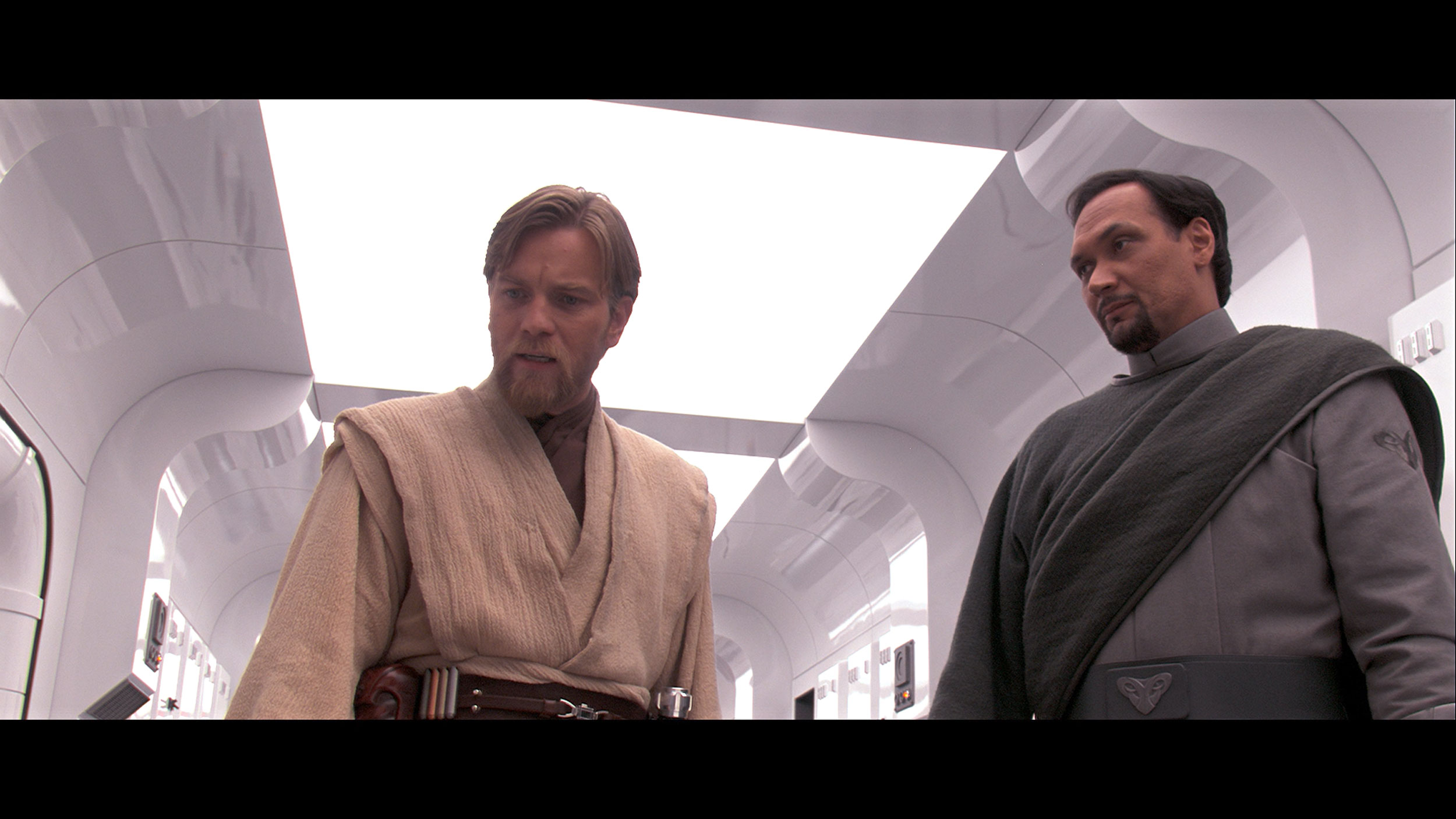
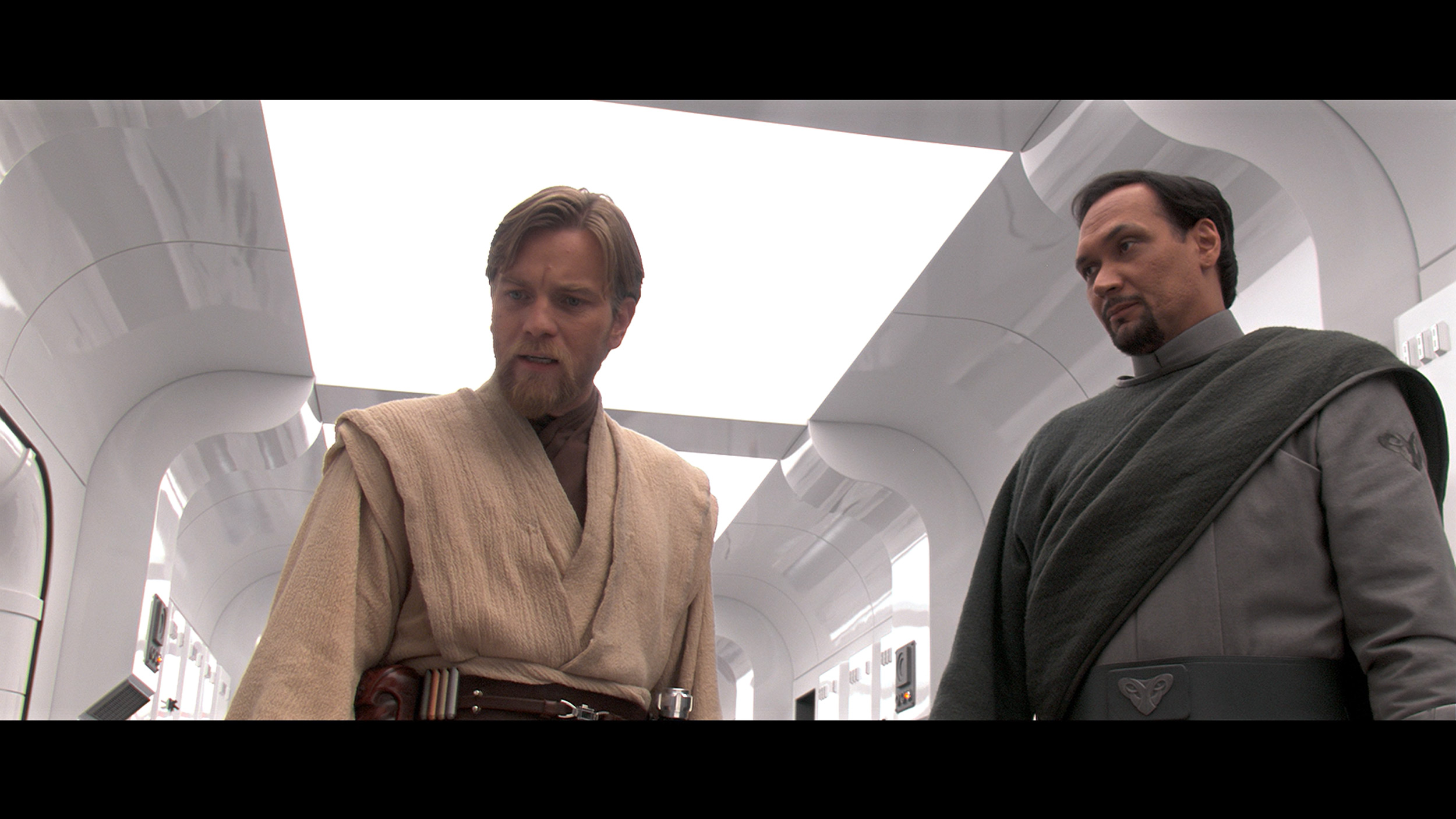
Factory Mode
After calibration


Factory Mode
After calibration
We must admit that when the U8Q arrived at our editorial office, we were slightly surprised… and positively so. Usually, in televisions, the white balance immediately requires adjustment – it can be too warm or too cold, which immediately leads to strange colour mistakes. Meanwhile, here the situation looks really good straight out of the box. Of course, we are talking about our unit, so there is no guarantee that every model will be equally well calibrated, but in our case, the first impressions were very positive. The only more apparent issue concerned the way the television manages brightness. Looking at the EOTF graph, it is clear that the U8Q tends to brighten small elements on the screen. This, in turn, caused what we mentioned earlier – slight overexposure and the impression that the entire scene can be a bit too bright. However, this is not a flaw that undermines the picture, rather an effect characteristic of this model.
The colour reproduction in the factory settings really surprised us, and positively so. The Philips OLED820, switched to Filmmaker mode, immediately showed that it was quite well tuned in terms of colour. The white balance was relatively accurate, though there was a slight deficiency in the blue hue, which occasionally gave the image a slightly yellowish tint. However, this is not a flaw that particularly detracts from everyday viewing. A bigger issue arose with the brightness characteristics. The gamma curve clearly deviated from the ideal, with the line below the expected values, causing the image to be excessively brightened, and the colours looked as if they were covered with a light milky filter. This effect was also noticeable in tests using the Colour Checker pattern, where more pronounced errors appeared.
Color reproduction after calibration
8/10
9.3/10
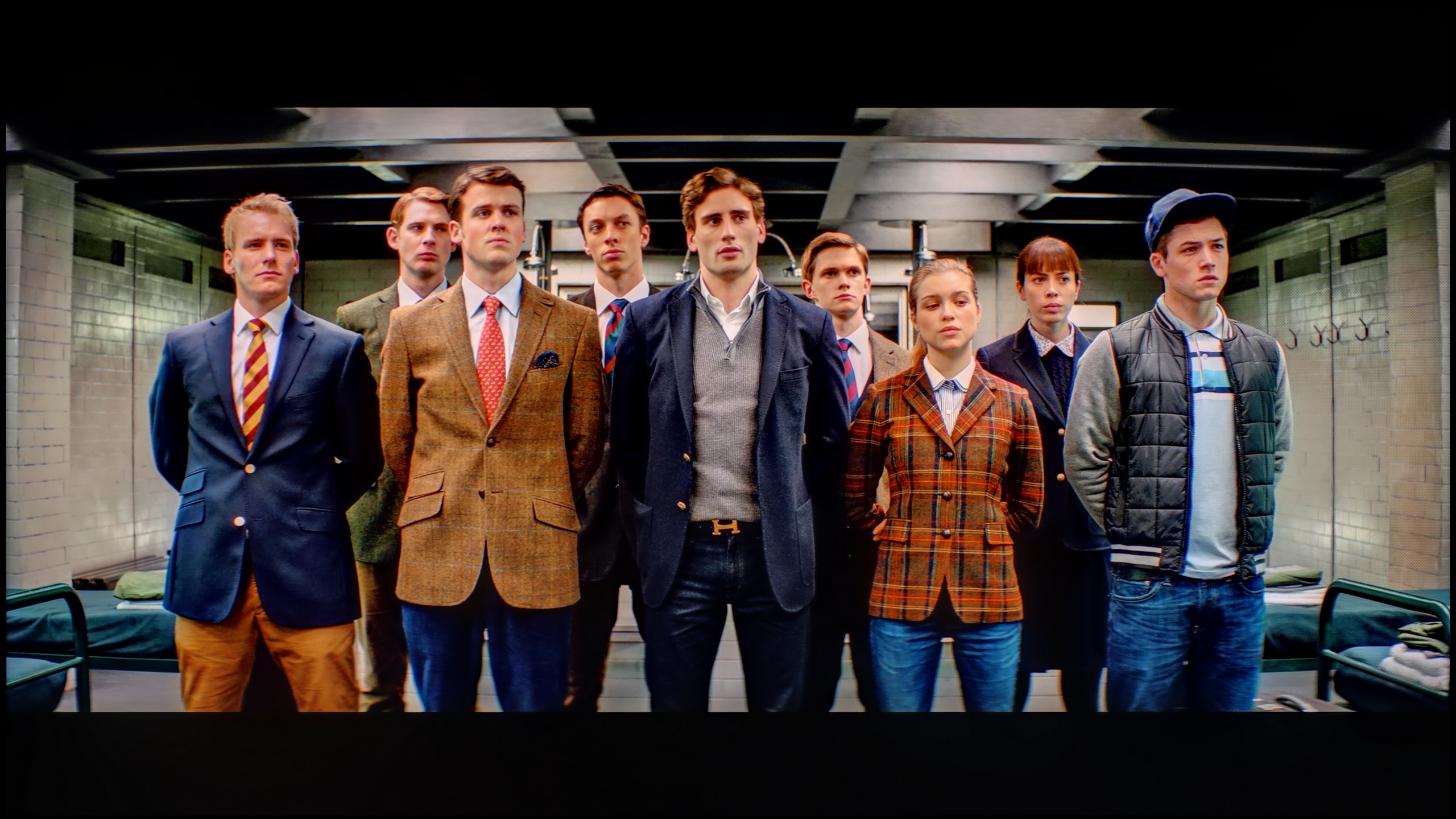

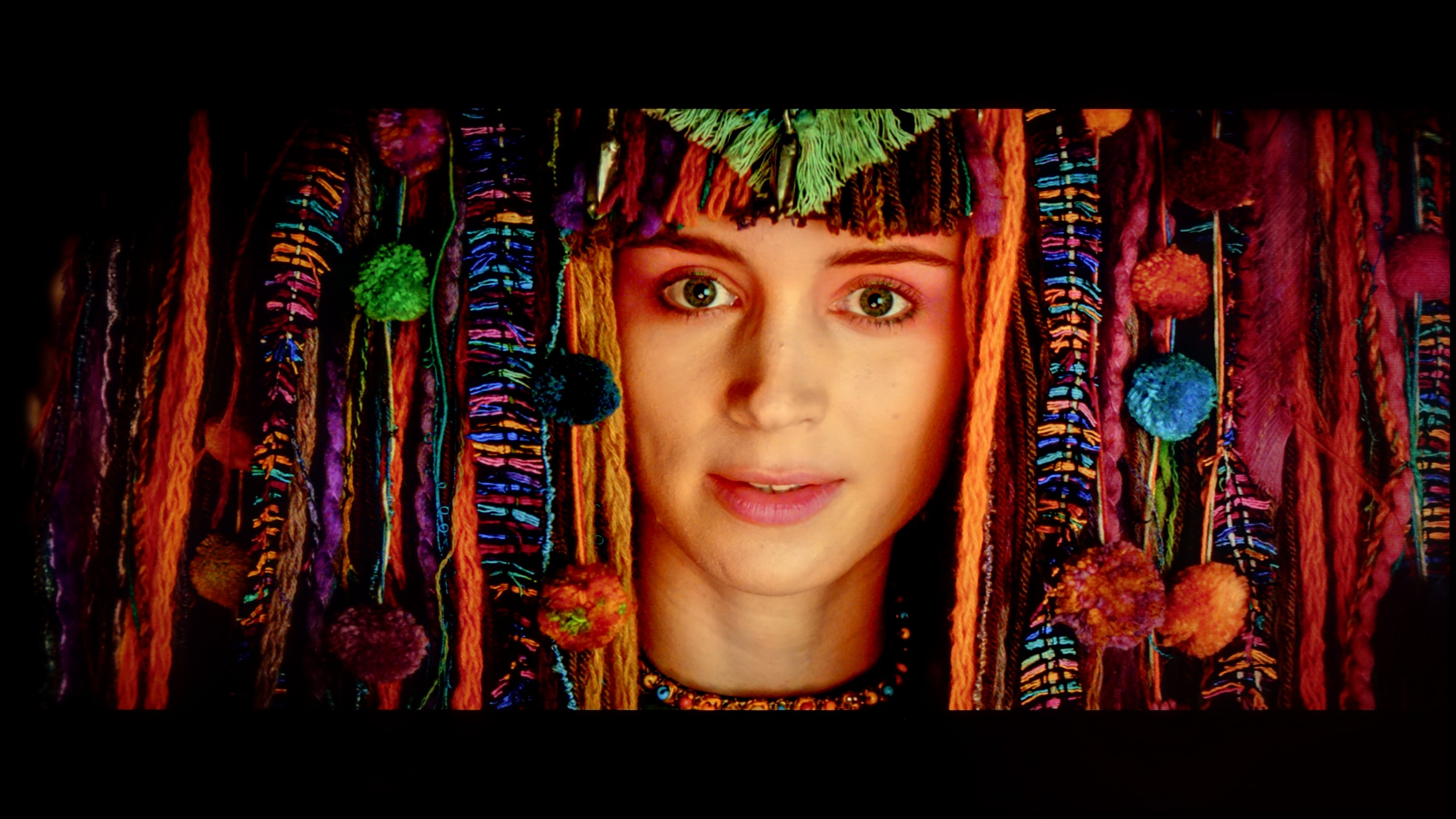

Of course, we wouldn’t be ourselves if we didn’t make adjustments to the white balance. After calibration, we managed to equalise the SDR signal to practically perfection – older films, YouTube content, and classic television looked almost ideal on the U8Q. This is truly an exceptional level that shows this model can do a lot if given a bit of help. Unfortunately, the situation is different with HDR content. The colours themselves don’t pose many problems, but the U8Q’s biggest issue remains the EOTF brightness characteristics. In practice, the television tends to “over-expose” beyond how the image should look in its original form. It’s that slight "bleeding" that we noticed earlier in comparisons with the best screens on the market. It’s a bit of a shame that this characteristic can’t be fully tamed – if we could maintain equally good control over brightness in HDR as in SDR, we would be dealing with an absolutely reference-quality image.
After calibration, both the Filmmaker mode and the gaming mode gained a lot. A slight adjustment of the white balance and an improvement in brightness characteristics produced excellent results in SDR content – the image looked almost perfect, natural, and very close to reference. In the case of HDR materials, the situation was similar, the colours were presented wonderfully, and it was hard to find anything to criticise. However, we noticed a certain feature, which we already pointed out when comparing scenes from the film Billy Lynn. The analysis of the EOTF curve showed that the television has a slight tendency to dim details in the blacks, so the darkest parts are not always displayed exactly as intended by the director. Nevertheless, the effect after calibration is stunning, and the OLED820 is emerging as one of the more interesting screens in its class. It just needs a little pampering, and there really is nothing to worry about.
Smoothness of tonal transitions
8.9/10
6.5/10


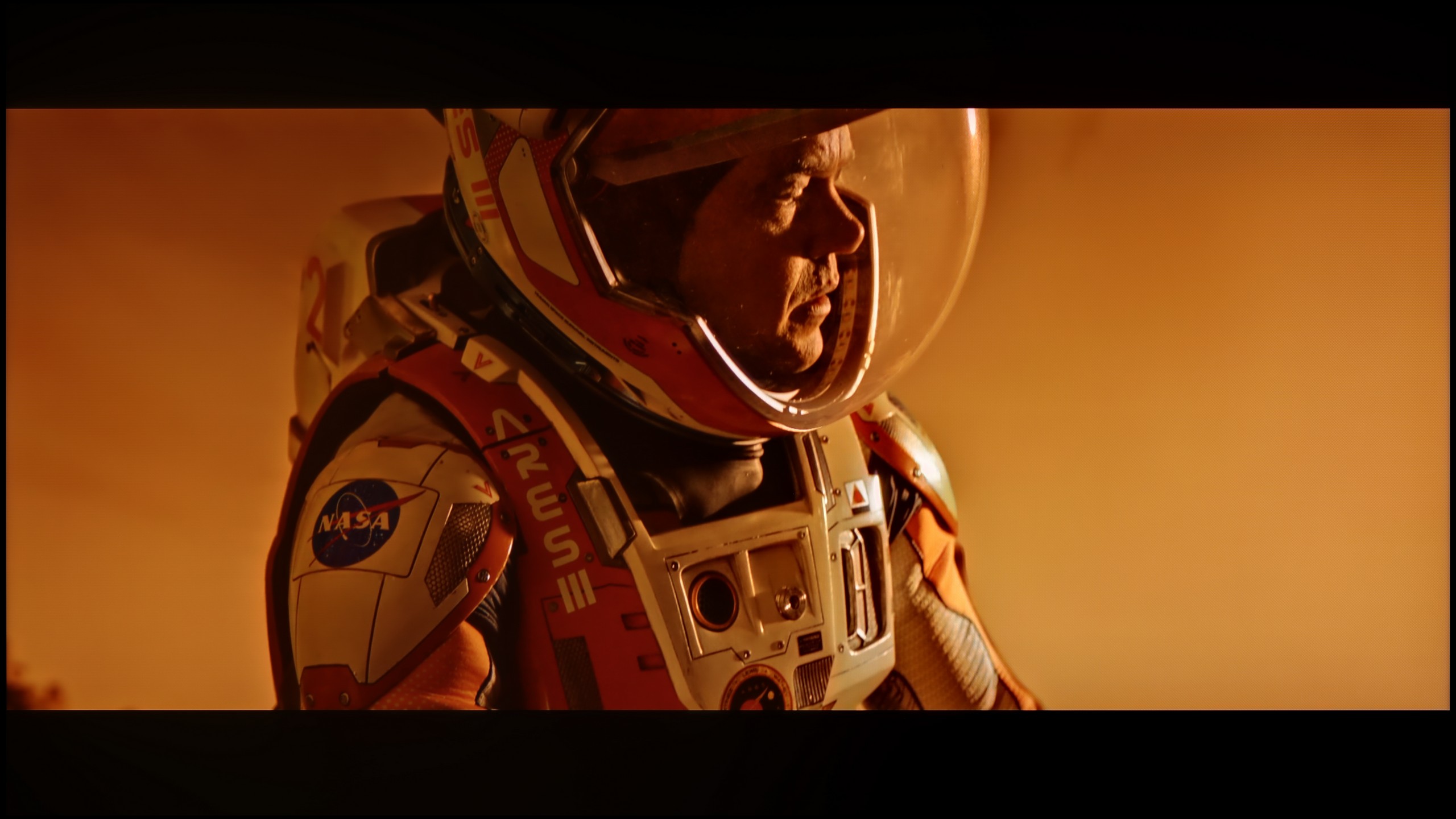

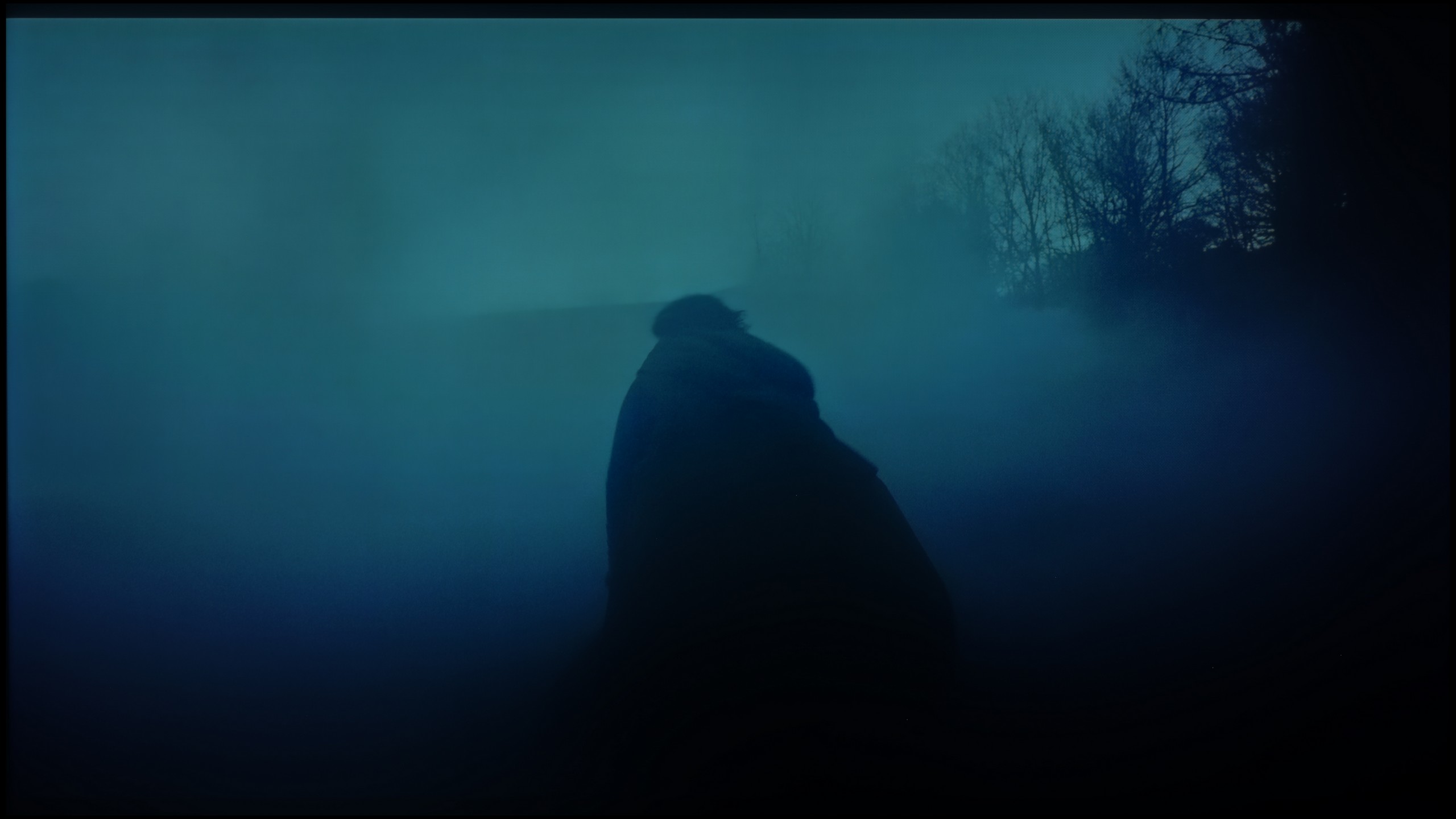

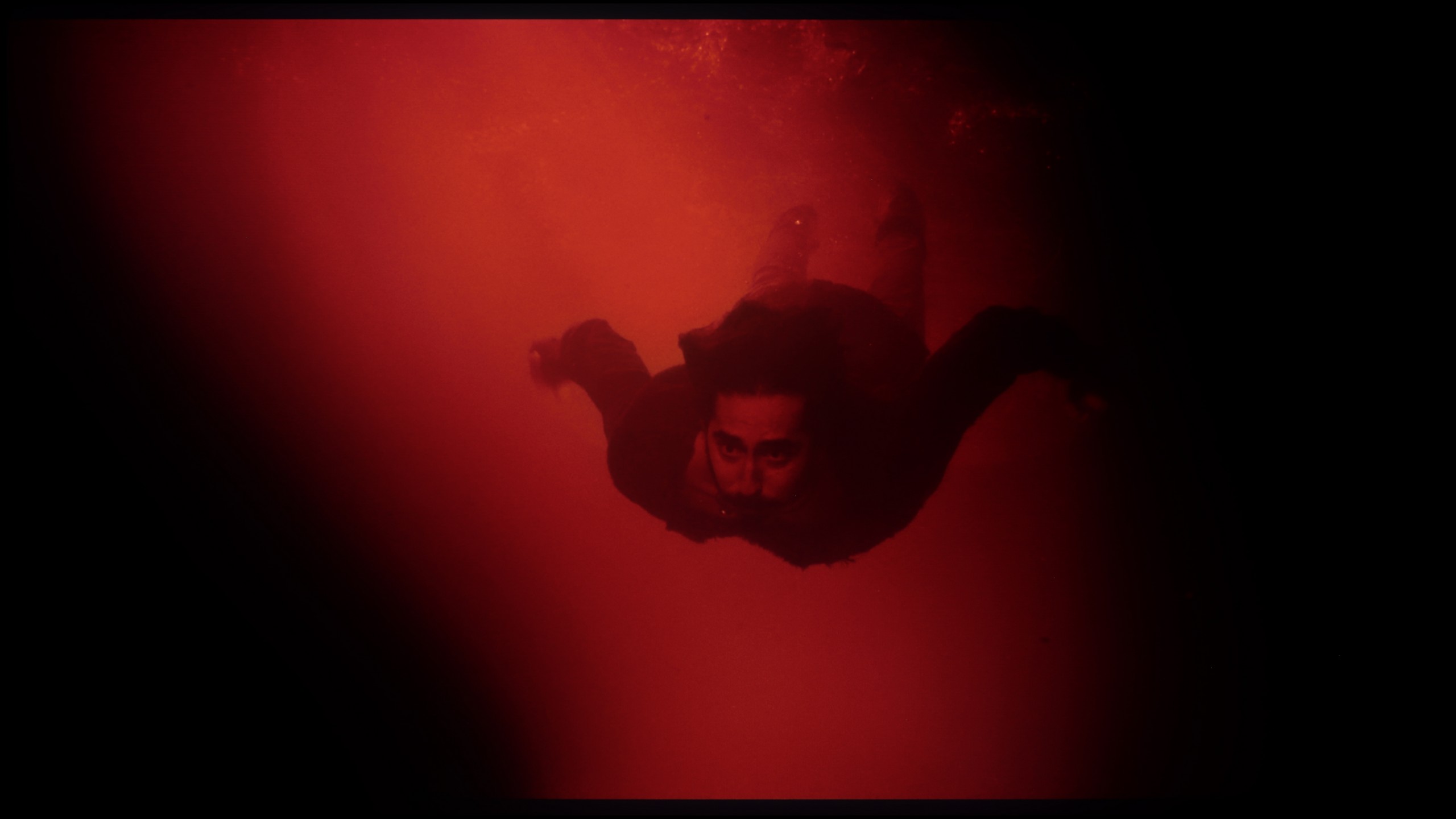





When it comes to the fluidity of tonal transitions, the Hisense U8Q made a really great impression on us. Even in the darkest scenes, where unsightly bands and ugly transitions usually appear on other televisions, here the image remains smooth and cohesive. Nothing layers, there is no "stair-step" effect – everything looks as it should. Similarly, in brighter shots – it is also very good. Sure, if we looked through a magnifying glass, we would probably find some minor flaw, but during normal viewing, it's hard to complain about anything. Overall, it performs very, very well!
The fluidity of tonal transitions is unfortunately the Achilles' heel of the Philips OLED820. During testing, we noticed slight issues with colour blending – both in bright and darker scenes, one can perceive distinctive banding that detracts from the naturalness of the image. It must be acknowledged that compared to last year's OLED 819 model, there is a significant improvement, but nevertheless, the competition performs better in this category.
Image scaling and smoothness of tonal transitions
8/10
7/10
Smooth transition function
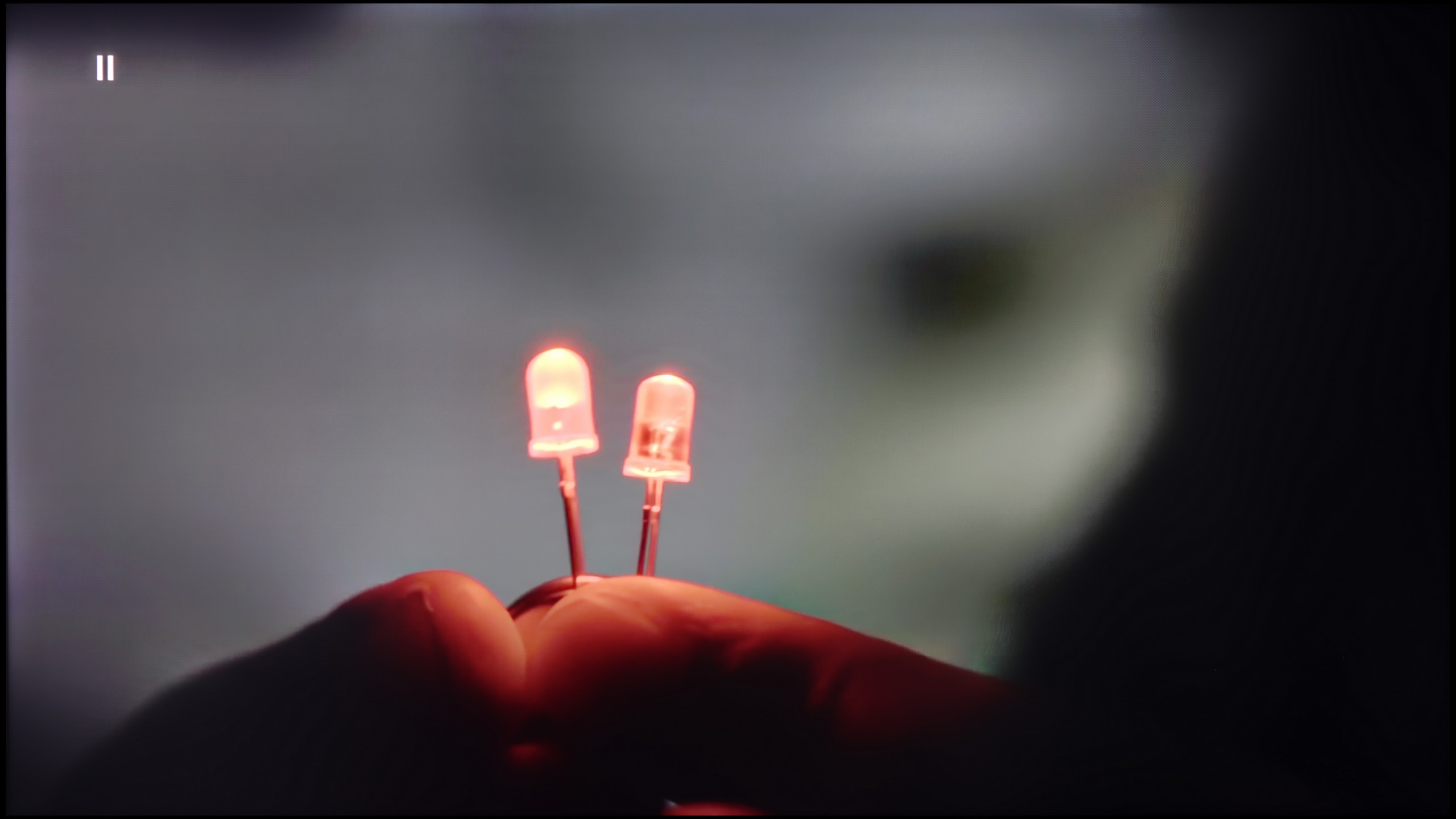

Image without overscan on the SD signal


Hisense U8Q handles lower quality materials quite well. The television can smooth out tonal transitions thanks to the "Smooth and Gradient Picture" feature – it works best when set to Medium. At this setting, it nicely dims unwanted bands and unevenness in the picture, but importantly, it does not remove the film grain or fine details.
The upscaling itself is also at a good level. Images from lower resolutions appear smooth and soft, sometimes even overly so – we get a plastic effect that may not appeal to everyone. Fortunately, this can be easily corrected with the sharpness slider, allowing the picture to be adjusted to personal preferences.
Fortunately, the earlier effects of the mentioned posterisation can be quite effectively mitigated. The "distortion reduction" function set to a medium level deals with unwanted colour banding, improving the smoothness of tonal transitions. It does happen that it works a bit too aggressively and also smooths out some details – such as minor skin imperfections of the actors – but nevertheless, it can be considered worth using without substantial compromises. The upscaling in the OLED820 also performs quite well. The test image with the model is exceptionally soft, sometimes even too much so, although this can be rectified by slightly boosting the sharpness in the picture menu – this is really a matter of individual preference. The absence of overscan issues with very low-resolution content is also commendable, meaning we don't have to worry that the image will be unnecessarily cropped.
Blur and motion smoothness
7.8/10
8.5/10
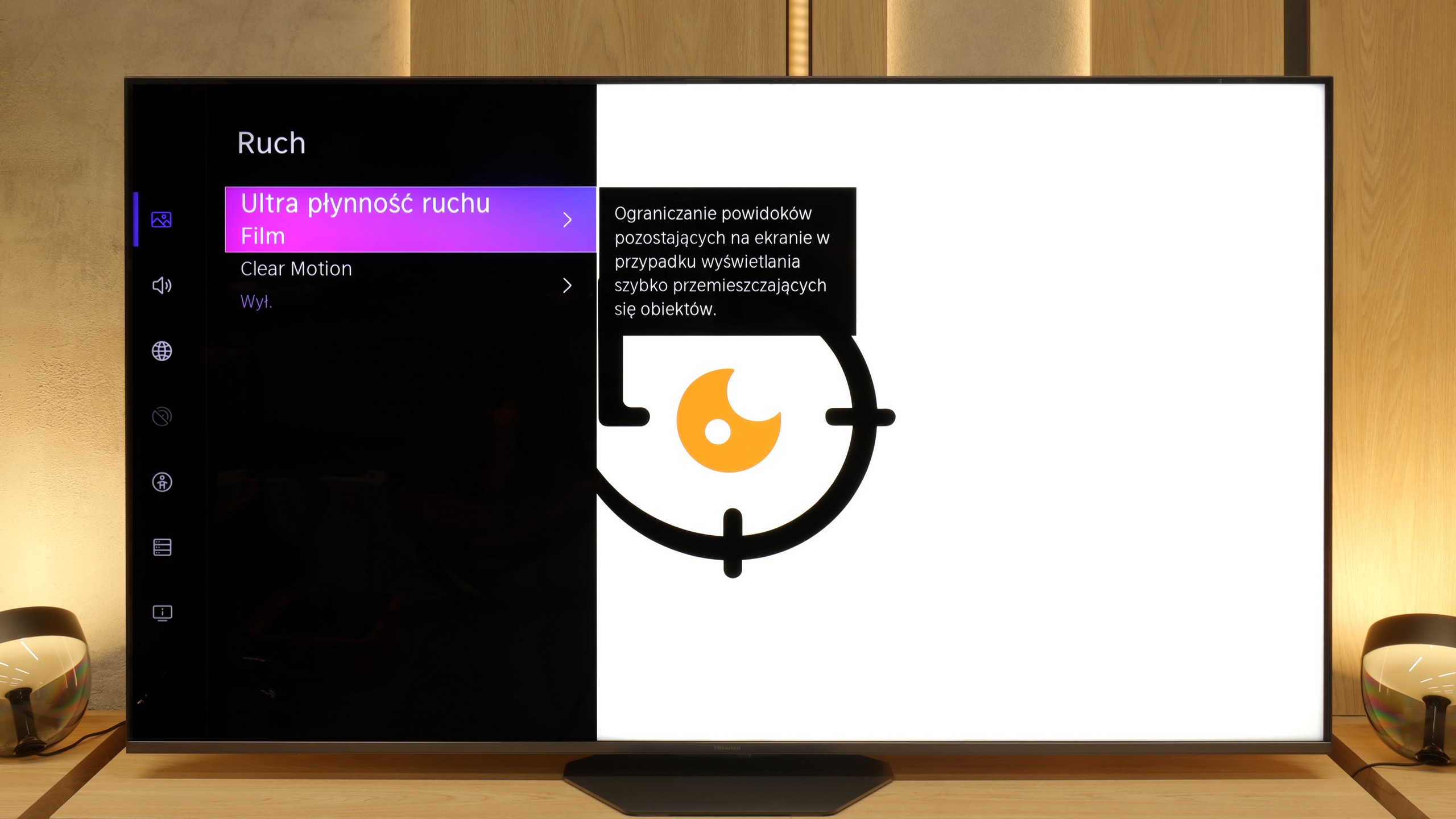

Blur (native resolution, maximum refresh rate):
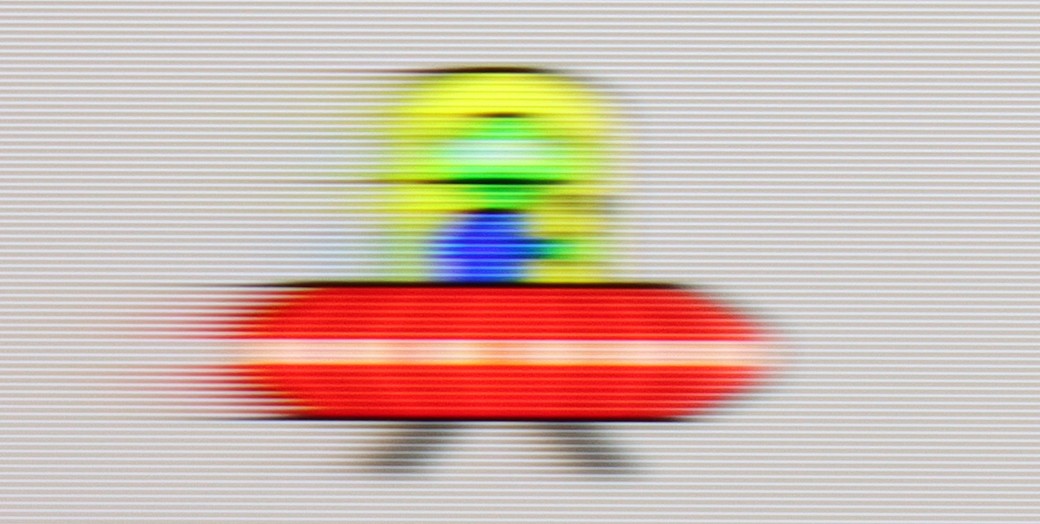
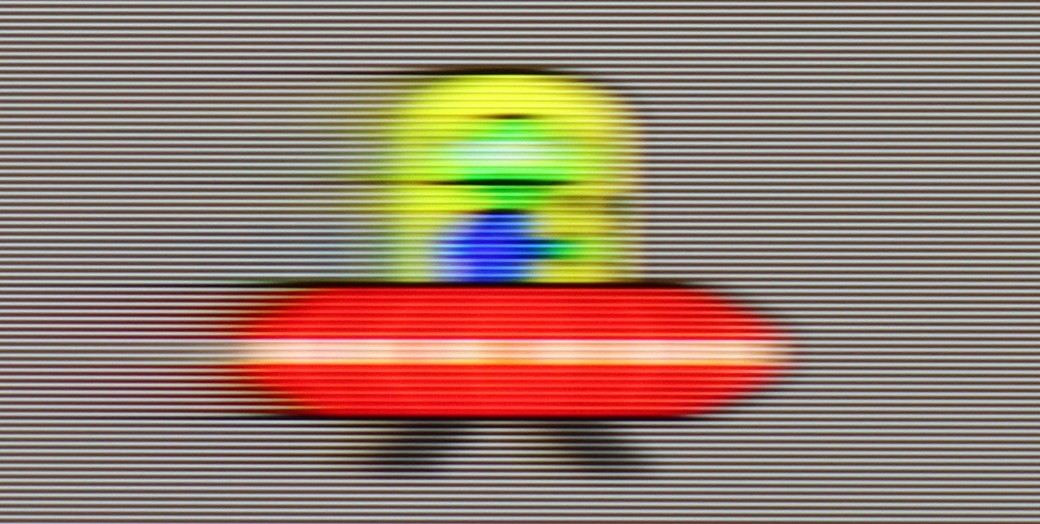
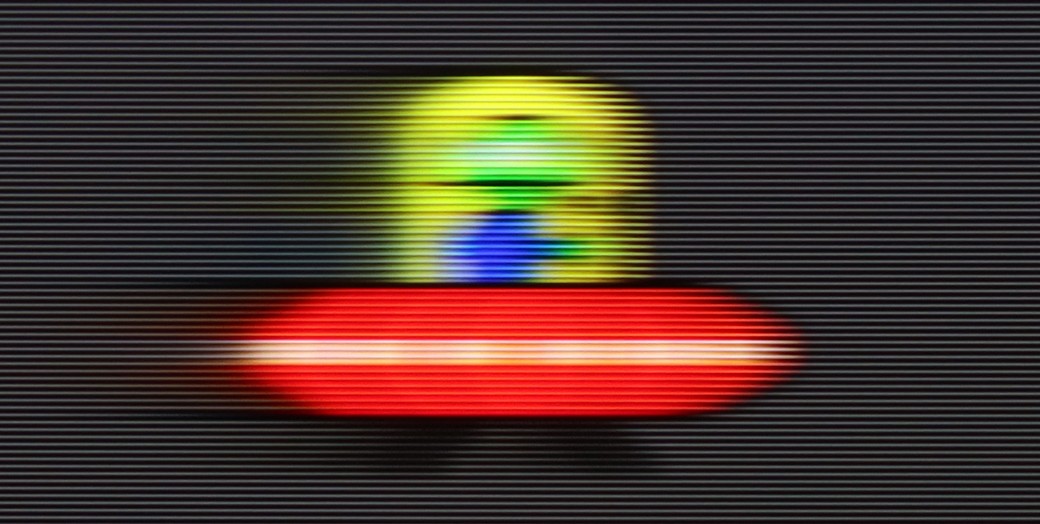



Blur (BFI function enabled):
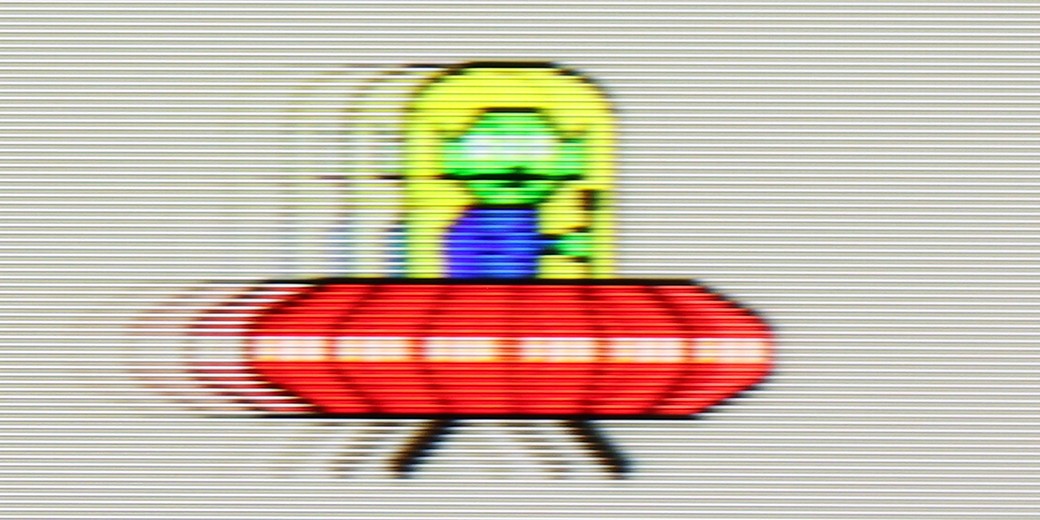
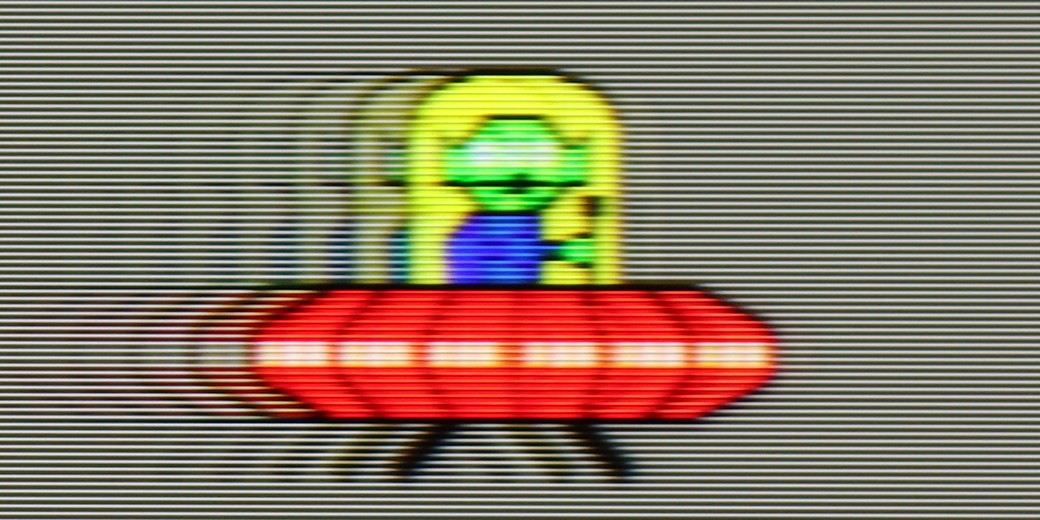
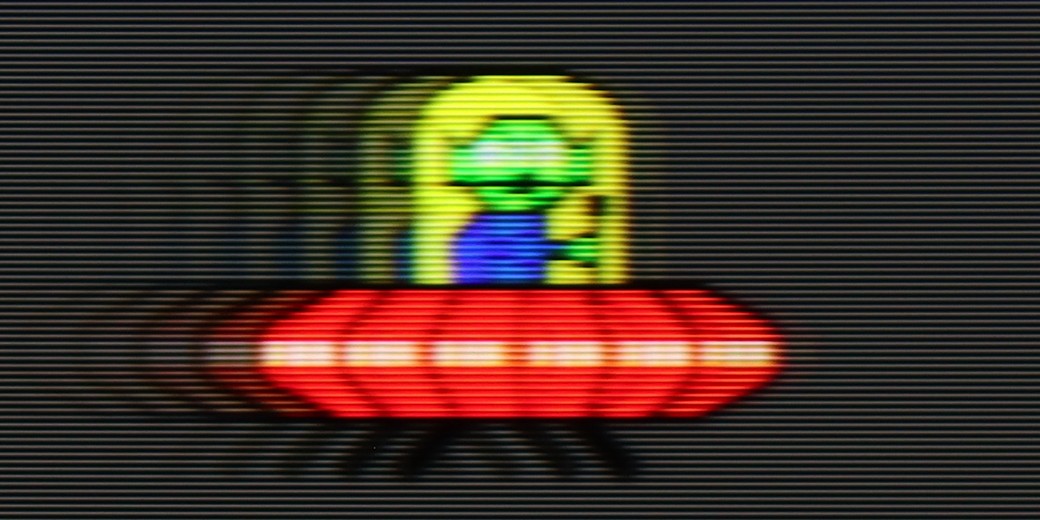
Smużenie (1080p@288Hz):
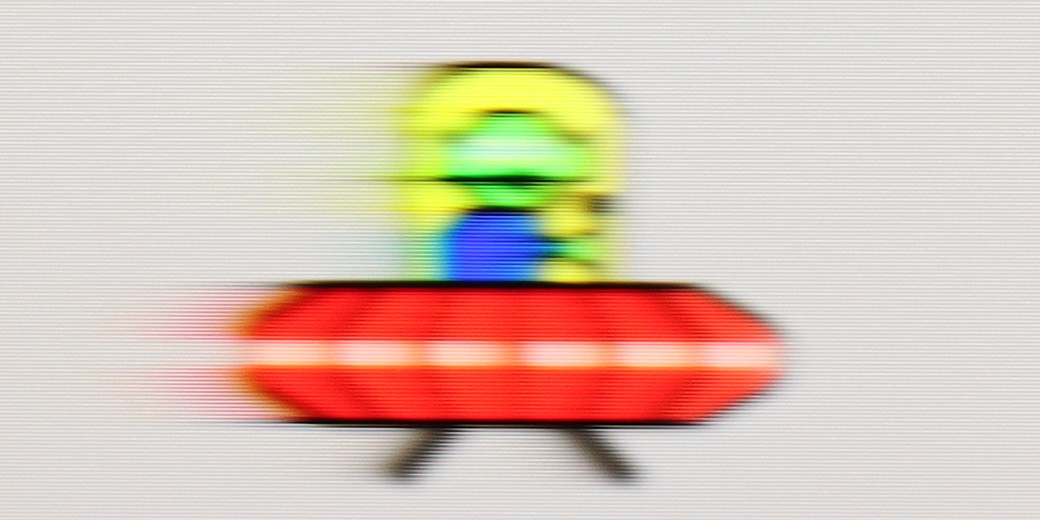
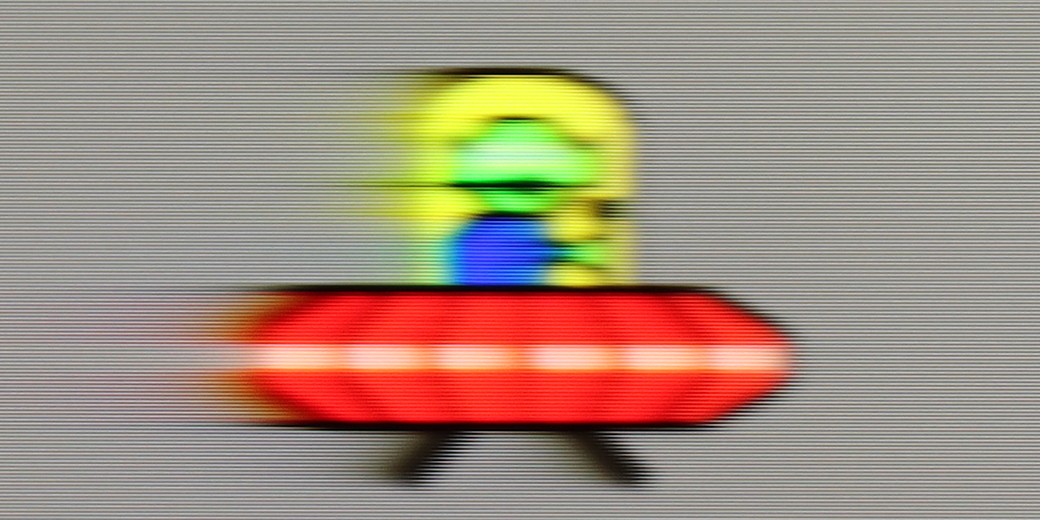
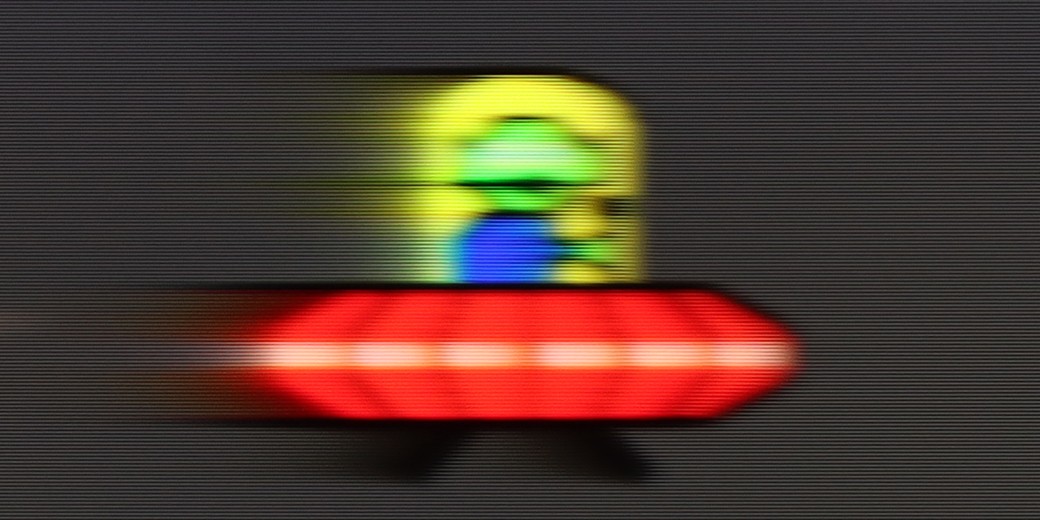
Smużenie (4K@144Hz):



Hisense U8Q features a panel that can refresh the image up to 165 Hz in 4K resolution. In practice, this will primarily be utilised by PC gamers, but as the saying goes – it’s better to have it than not 😊. For films and series, we have a built-in smoothness enhancer called Ultra Motion Smoothness. In the settings, it can be easily adjusted to suit personal preferences – whether we want a more “cinematic” frame rate or a smooth, theatrical spectacle.
The fluidity of motion is an area where OLEDs always shine, and the Philips OLED820 confirms this rule. The panel itself offers a refresh rate of 144 Hz, which primarily benefits PC gamers, but even with standard television sources or consoles, where it operates at 120 Hz, the motion is fast, sharp and simultaneously smooth, without signs of blurring. This is thanks to the remarkable response time between pixels, which maintains image clarity in every dynamic scene. The manufacturer has also added its own smoother called "Motion Style". In the menu, we find two sliders – the first, responsible for fluidity, allows adjustments to the number of artificially added frames in films. This way, we can choose a raw, cinematic character with a distinctly visible film frame or a more theatrical image with smooth motion. The second slider is for motion blur reduction, particularly useful in sports broadcasts. Here, we definitely recommend setting it to the maximum value, as the effect is truly excellent.
Console compatibility and gaming features
8.5/10
9.8/10
- ALLM
- VRR
- VRR range48 - 288Hz48 - 144Hz
- Dolby Vision Game Mode
- Correct implementation of HGIG
- 1080p@120Hz
- 1440p@120Hz
- 4K@120Hz
- Game bar
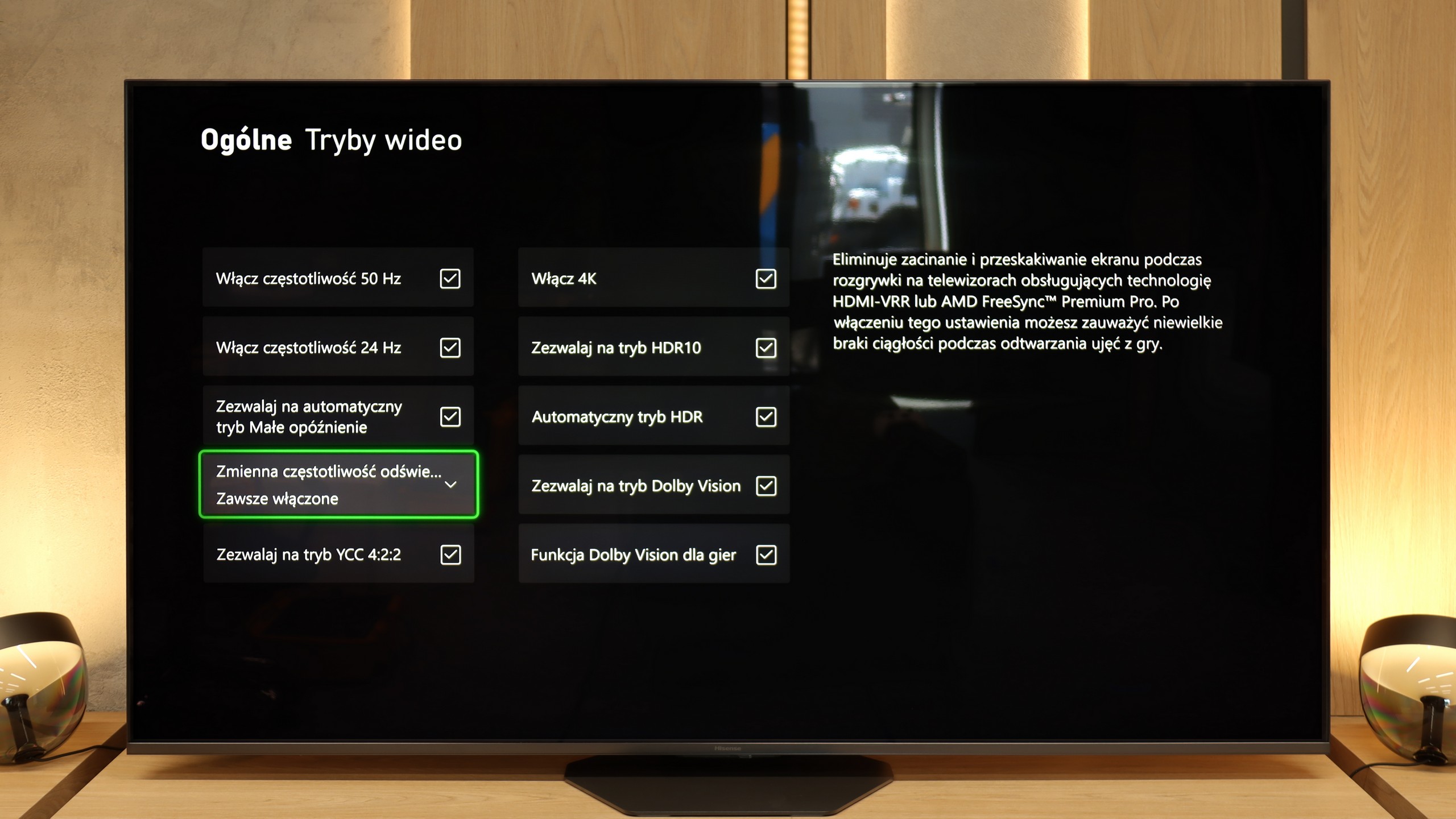

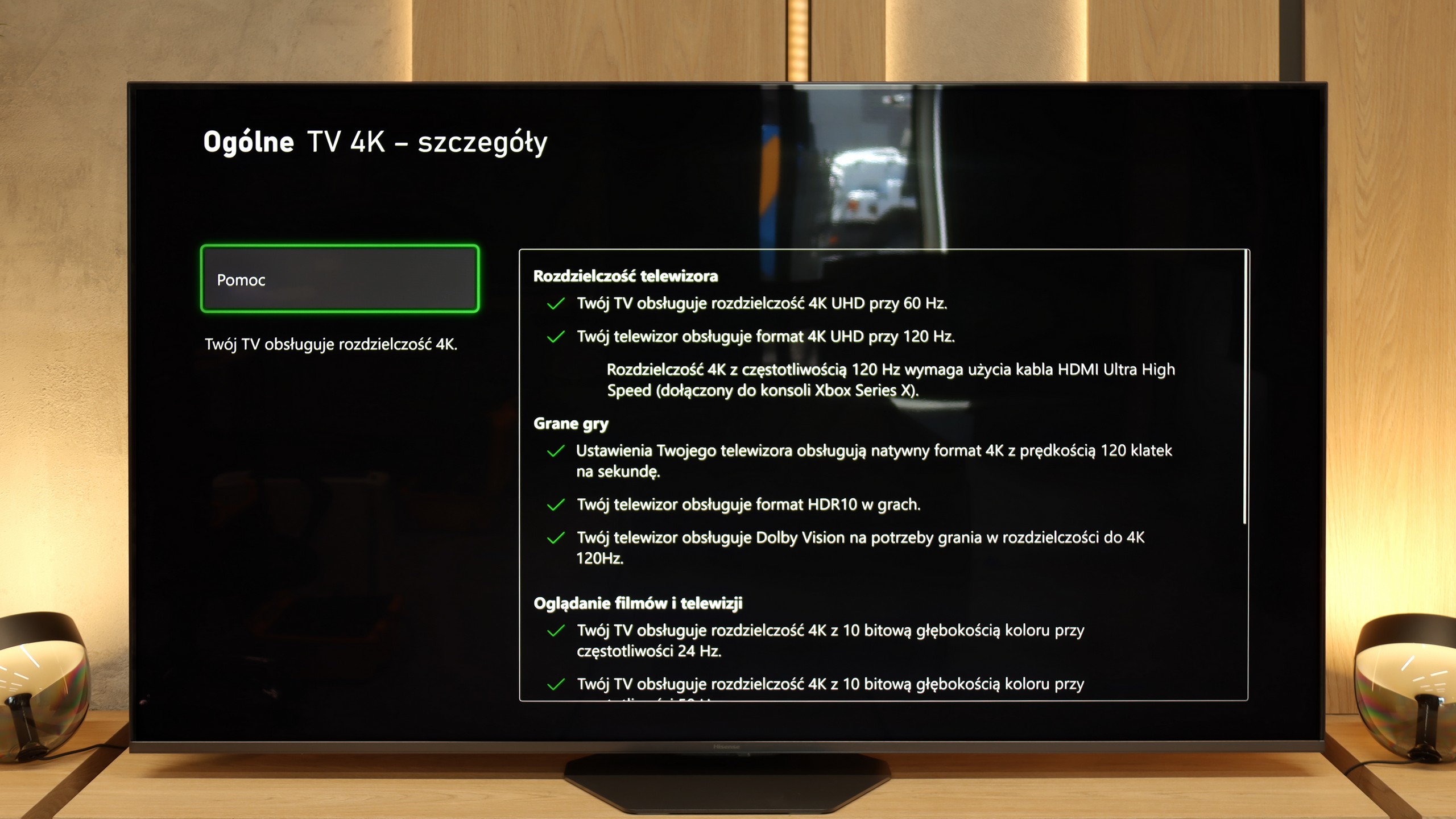

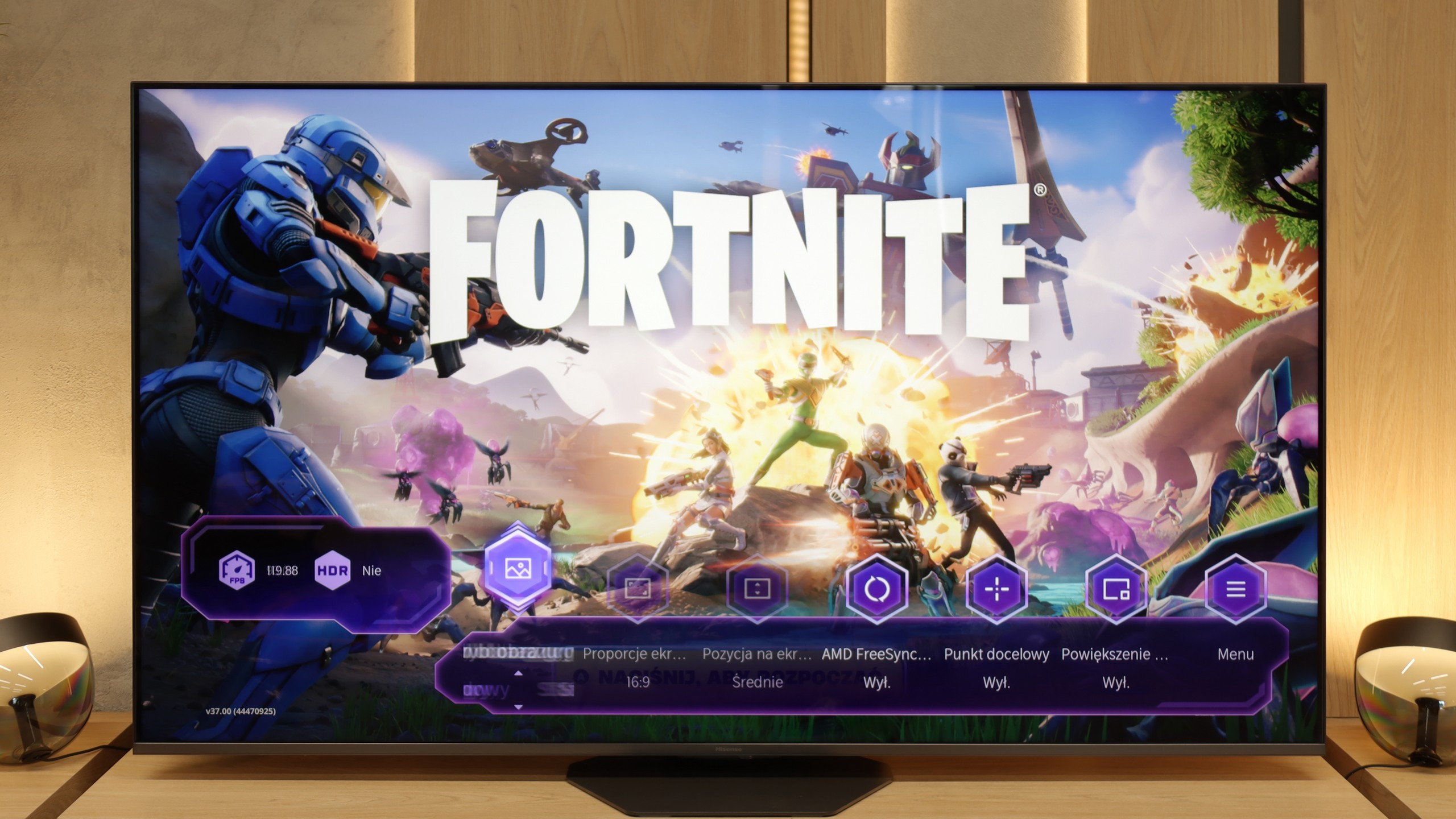

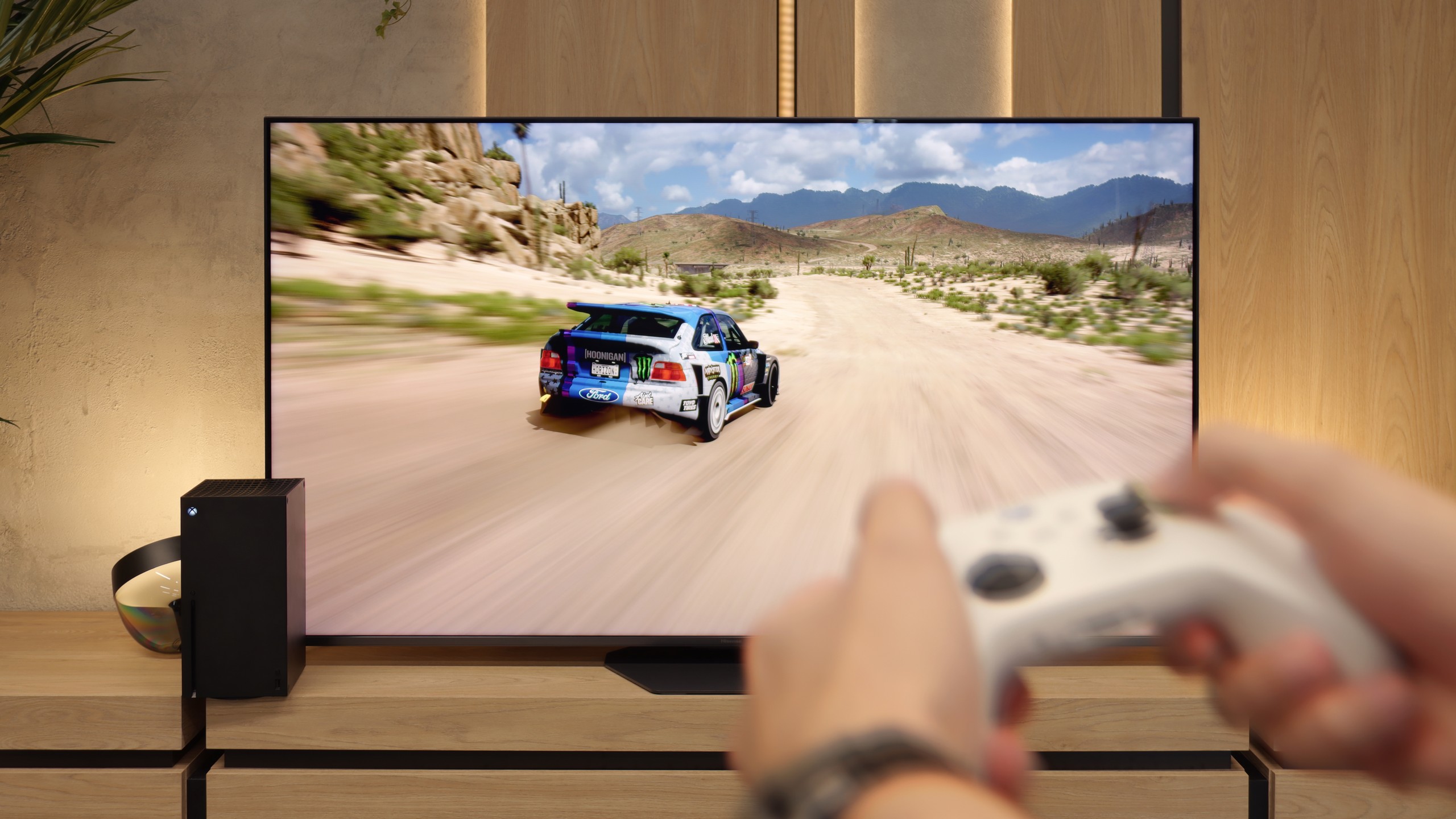

In terms of features, the Hisense U8Q has practically everything one could expect from a modern gaming television. Thanks to the new processor, the manufacturer managed to implement as many as three HDMI 2.1 ports, so there is no problem connecting several consoles or a computer. On top of that, it includes all the key technologies – Game Bar with parameter preview, variable refresh rate (VRR), automatic low latency mode (ALLM)… in a word, a complete set.
But as is often the case with Hisense, it fell a bit short of perfection. The biggest drawback remains the lack of support for the HGiG format, which allows the brightness of the television to be adjusted to the console and maximises HDR in games. It’s a shame, because if this element were included, we would have a device practically made for gamers. As it stands, the U8Q remains “only” a very good choice 😉
The Philips OLED820 is one of the most complete televisions for gamers. On board, we find practically everything one could expect: two HDMI 2.1 ports with full bandwidth of 48 Gbps (it's a shame there aren't four), variable refresh rate VRR, automatic game mode ALLM, support for Dolby Vision in games, and a good implementation of the HGiG mode. The television handles lower resolutions at 120 Hz with ease, so one can count on considerable flexibility when choosing different picture modes on the console. Philips also includes a Game Bar – a panel that allows changing picture modes, adding a crosshair, or previewing parameters. Although it looks rather clunky and is less polished than that of the competition, it does its job. In practice, therefore, the OLED820, in addition to a full set of four HDMI 2.1 ports, offers nearly everything a gamer could need.
Input lag
9.8/10
10/10
SDR
HDR
Dolby Vision
The Hisense U8Q really handles signal delay well. In 120 Hz mode, the input lag is around 10 ms, while with 60 Hz content it hovers around 18 ms. These are values that place it among the fast televisions, and in practice, it is difficult to have any significant complaints about them. The response is instantaneous; controlling a character or a car on the screen happens without perceptible delays. Whether someone is playing fast-paced shooters or calmer narrative titles, the U8Q performs excellently.
The input lag on the Philips OLED820 is truly at a reference level. Measurements showed values below 5 ms, placing it among the absolute top televisions available on the market. Even the Dolby Vision mode does not pose any problems in this regard, which is quite a rare phenomenon. In practice, this means lightning-fast response to every movement, no noticeable delays, and complete comfort in dynamic games. In short, superb results that will delight even the most demanding gamers.
Compatibility with PC
8.4/10
6.5/10
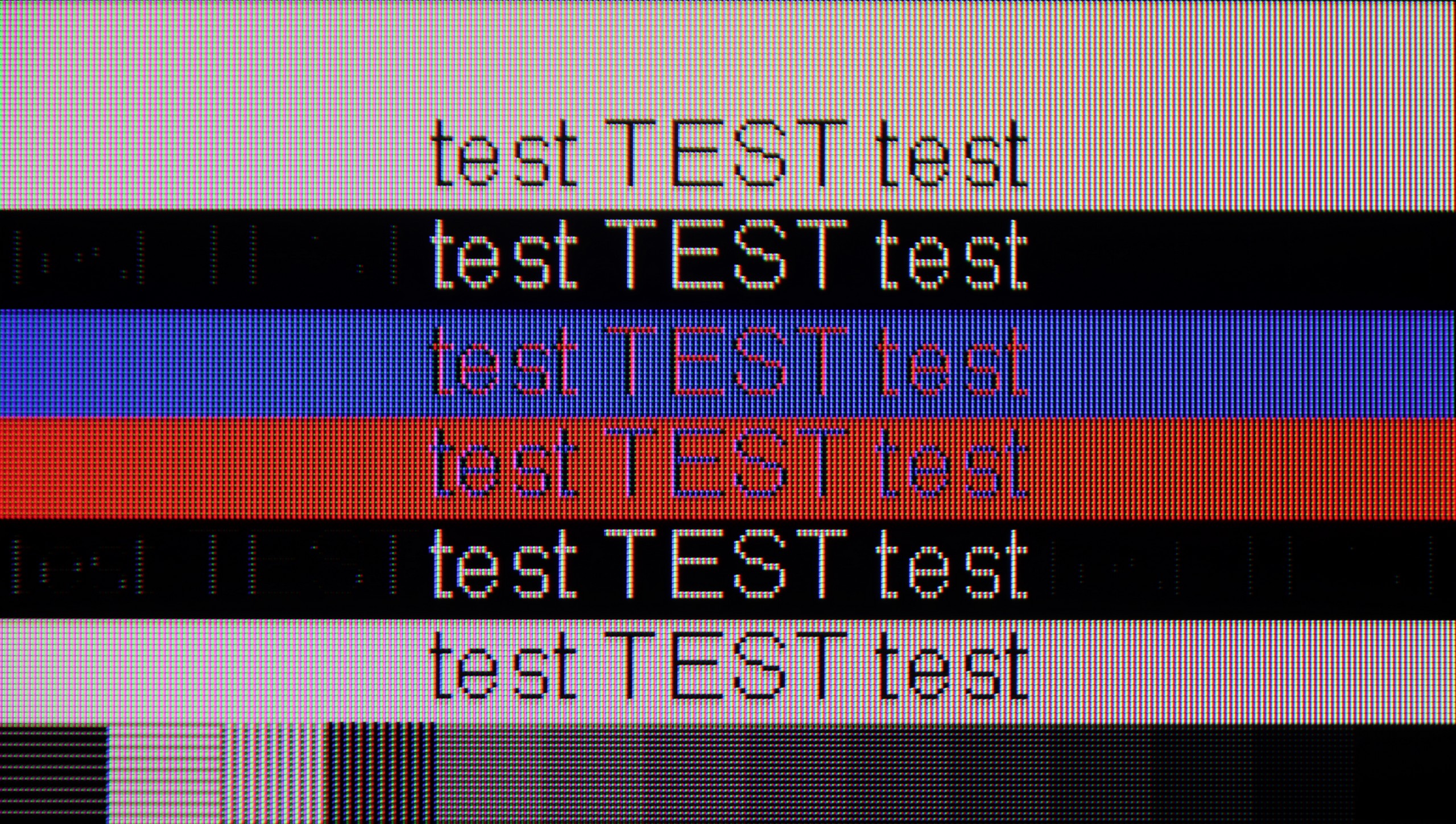

As we mentioned regarding the features for gamers – Hisense U8Q also communicates well with computers. The 4K panel with a refresh rate of 165 Hz is impressive on its own, and at Full HD resolution, it can even boost to 288 Hz. This is great news for e-sports fans, where speed of reaction matters most, rather than the highest image quality. Additionally, it supports G-Sync and FreeSync, so gameplay is smooth, without stutters and annoying frame tearing.
A pleasant surprise is the presence of a USB-C port with DisplayPort functionality for laptops or even phones. This is a true novelty in televisions, and it's quite possible that Hisense will be a pioneer here, setting the direction for the competition.
When it comes to working with text, we must mention one small inconvenience. Although the U8Q correctly handles chroma 4:4:4, it has issues displaying very thin, horizontal fonts. This means that some subtitles or interface elements may be hard to read. Probably no one buys this model with office work in mind, but if someone were to have such a plan – it’s worth keeping this in mind.
Cooperation with a PC in the case of the Philips OLED820 varies depending on the application. For gaming, it performs exceptionally well: a high refresh rate of 144 Hz combined with G-Sync support provides the smoothness and responsiveness that other televisions can envy. The situation is less favourable when it comes to text work. The lack of proper implementation of chroma 4:4:4 causes fonts on coloured backgrounds to appear slightly blurred, which significantly reduces work comfort. Therefore, it's hard to recommend the OLED820 as a screen for office work with text or numbers. It's a shame the manufacturer hasn't learned from last year's models and this flaw continues to be repeated.
Viewing angles
3.2/10
7.6/10
In terms of viewing angles, the Hisense U8Q performs averagely – typical for a VA panel. It's a classic compromise: in exchange for much better blacks and contrast than in IPS panels, we must accept that watching from a wider angle does not look as good. Colours begin to lose intensity, and the picture slightly brightens. For a viewer sitting directly in front of the television – it’s a dream. For someone who sits more to the side – it’s a bit less so.
The viewing angles in the Philips OLED820 are another advantage that should please you. OLEDs have always been characterised by almost perfect angles, so regardless of where we look from, the image remains clear and legible. Indeed, the classic WOLED matrix does not compare to technologies like MLA OLED or QD-OLED, but it's still hard to find fault here. The angles are simply excellent.
TV efficiency during daytime
8.2/10
5.7/10
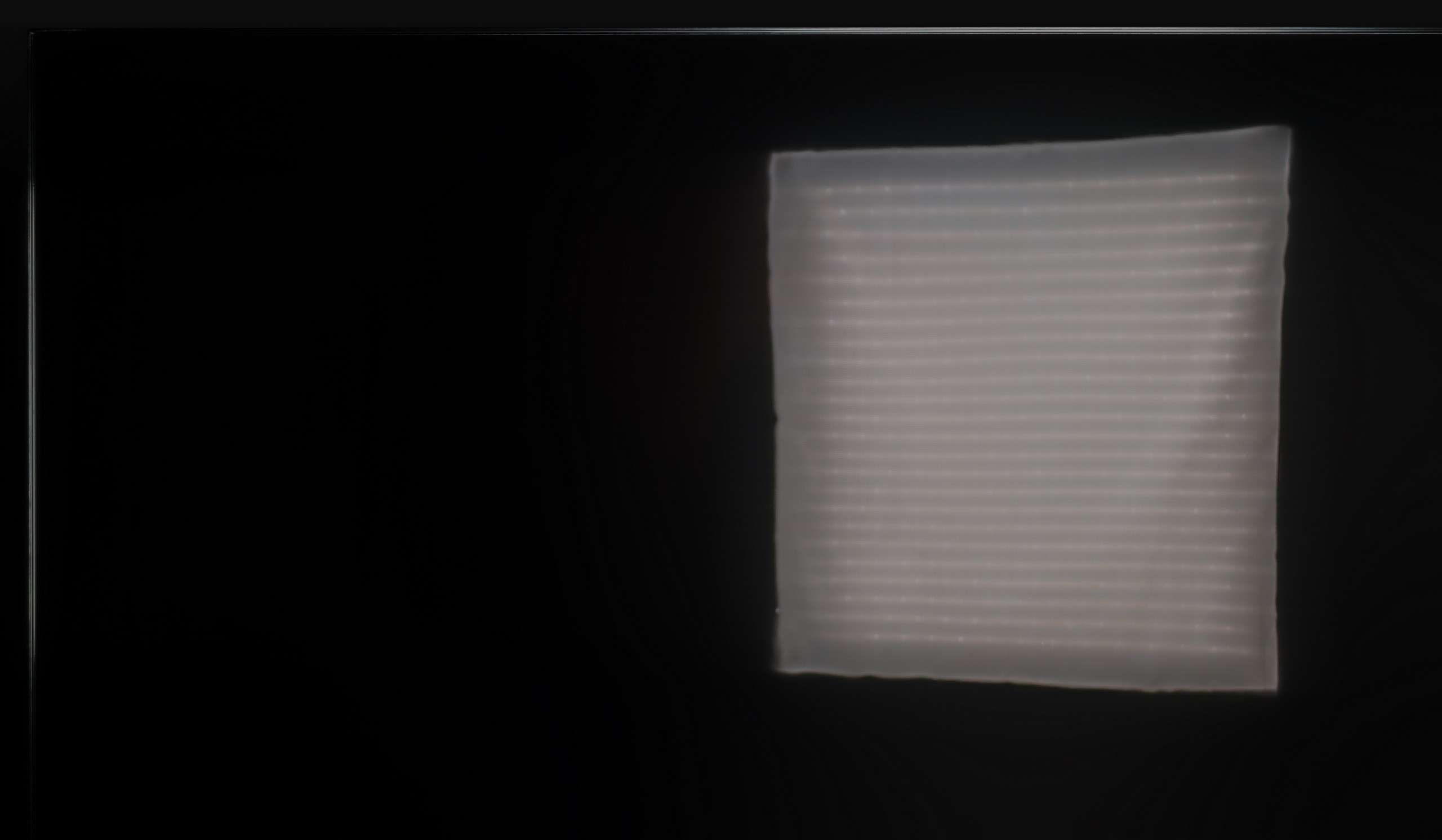

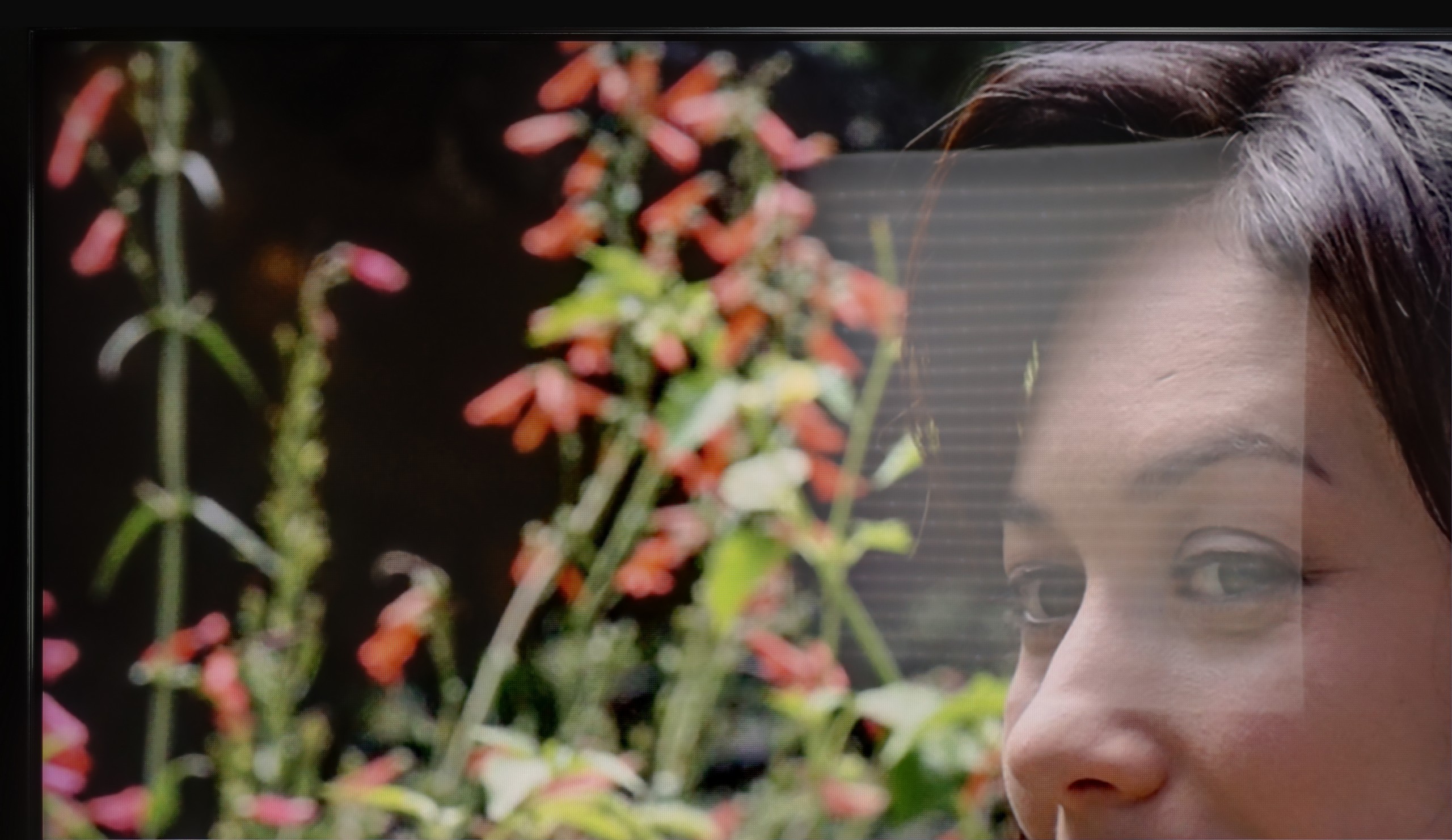

Matrix brightness
Average luminance SDR
Philips OLED820: 345 cd/m2
Hisense U8Q: 914 cd/m2
Hisense has opted for a new anti-reflective coating called Anti-Reflection PRO. It aims to enhance viewing comfort in challenging lighting conditions – and it indeed does the job. Reflections do not disappear entirely, but they are well controlled and do not interfere with daily viewing. However, the highlight is the brightness in SDR – around 1000 nits! This is a result that would make even the top super premium models proud. As a result, the U8Q performs excellently in sunlit rooms and can confidently be considered one of the best televisions for daytime viewing.
Details about the matrix
Subpixel Structure:
Panel uniformity and thermal imaging:
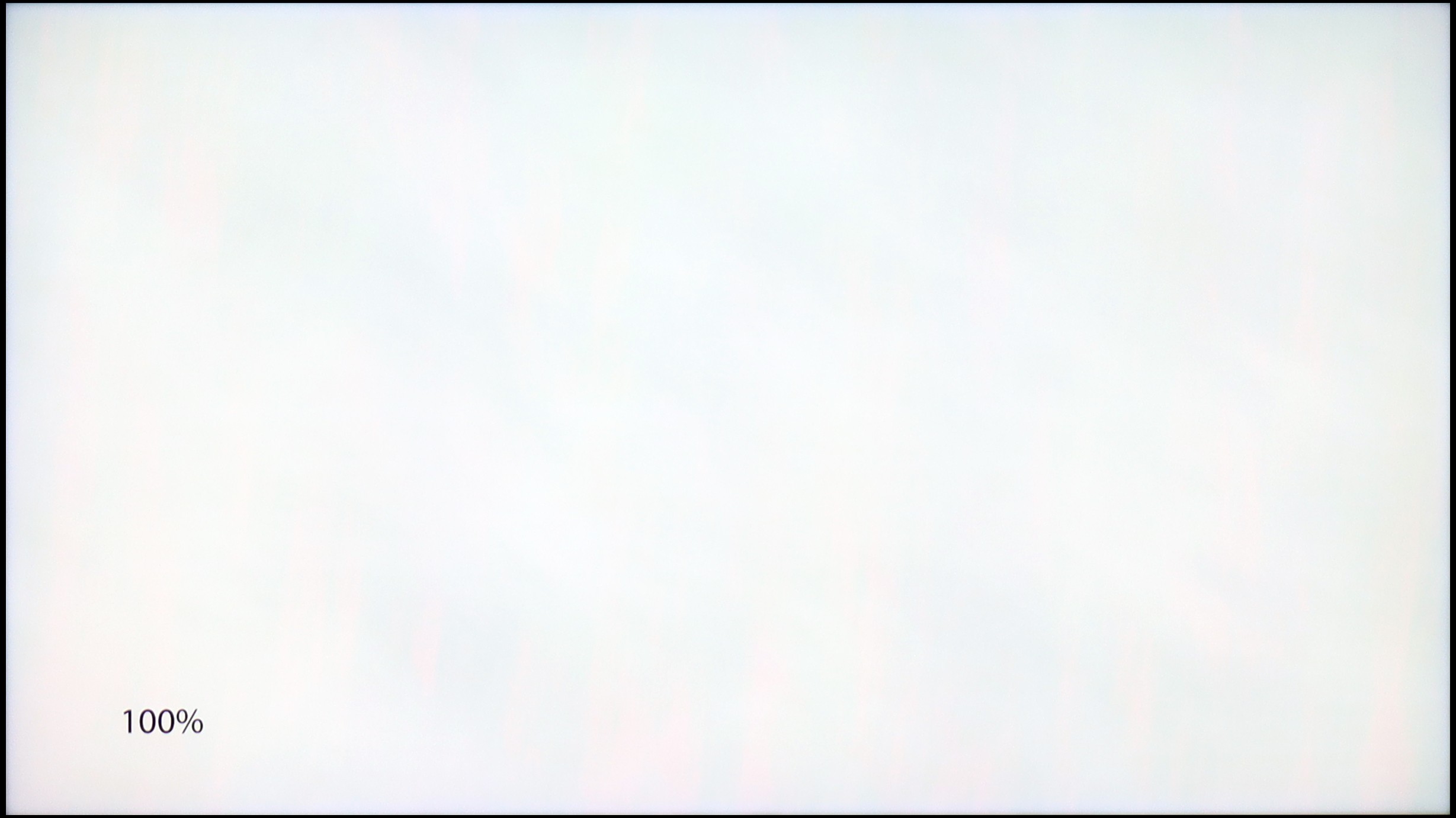

TV features
9.4/10
6.8/10
- HDMI inputs0 x HDMI 2.0, 3 x HDMI 2.1 48Gbps2 x HDMI 2.0, 2 x HDMI 2.1 48Gbps
- Other inputsToslink (Optical audio), RCA (Chinch)
- OutputseARC (HDMI), ARC (HDMI), Mini-Jack (Headphones)Toslink (Optical audio), eARC (HDMI), ARC (HDMI), Mini-Jack (Headphones)
- Network InterfacesWi-Fi 2.4GHz, Wi-Fi 5GHz, Ethernet (LAN) 100MbpsWi-Fi 2.4GHz, Wi-Fi 5GHz, Ethernet (LAN) 100Mbps
- TV receptionDVB-T, DVB-T2, DVB-S, DVB-S2, DVB-CDVB-T, DVB-T2, DVB-S, DVB-S2, DVB-C
Classic features:
- Recording to USB (terrestrial TV)
- Recording programming
- Picture in Picture (PiP)
- RF remote control (no need to aim at the screen)
- Backlit remote control
- Teletext
- Audio only mode
- Bluetooth headphones support
- Simultaneous Bluetooth headphones & TV audio
Smart features:
- AirPlay
- Screen mirroring (Windows Miracast)
- Wyszukiwanie głosowe
- Voice search in native language
- Ability to connect a keyboard and mouse
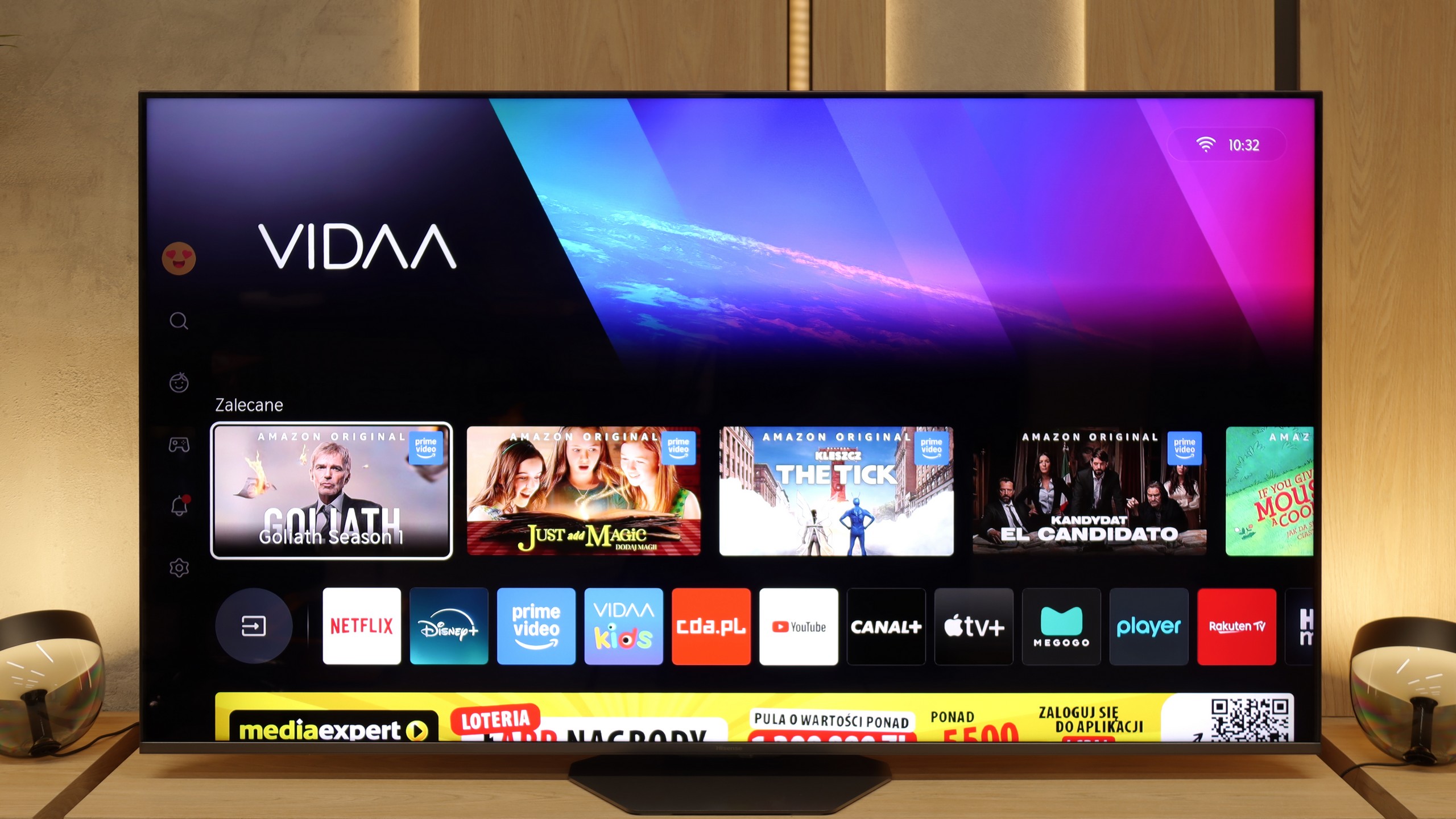
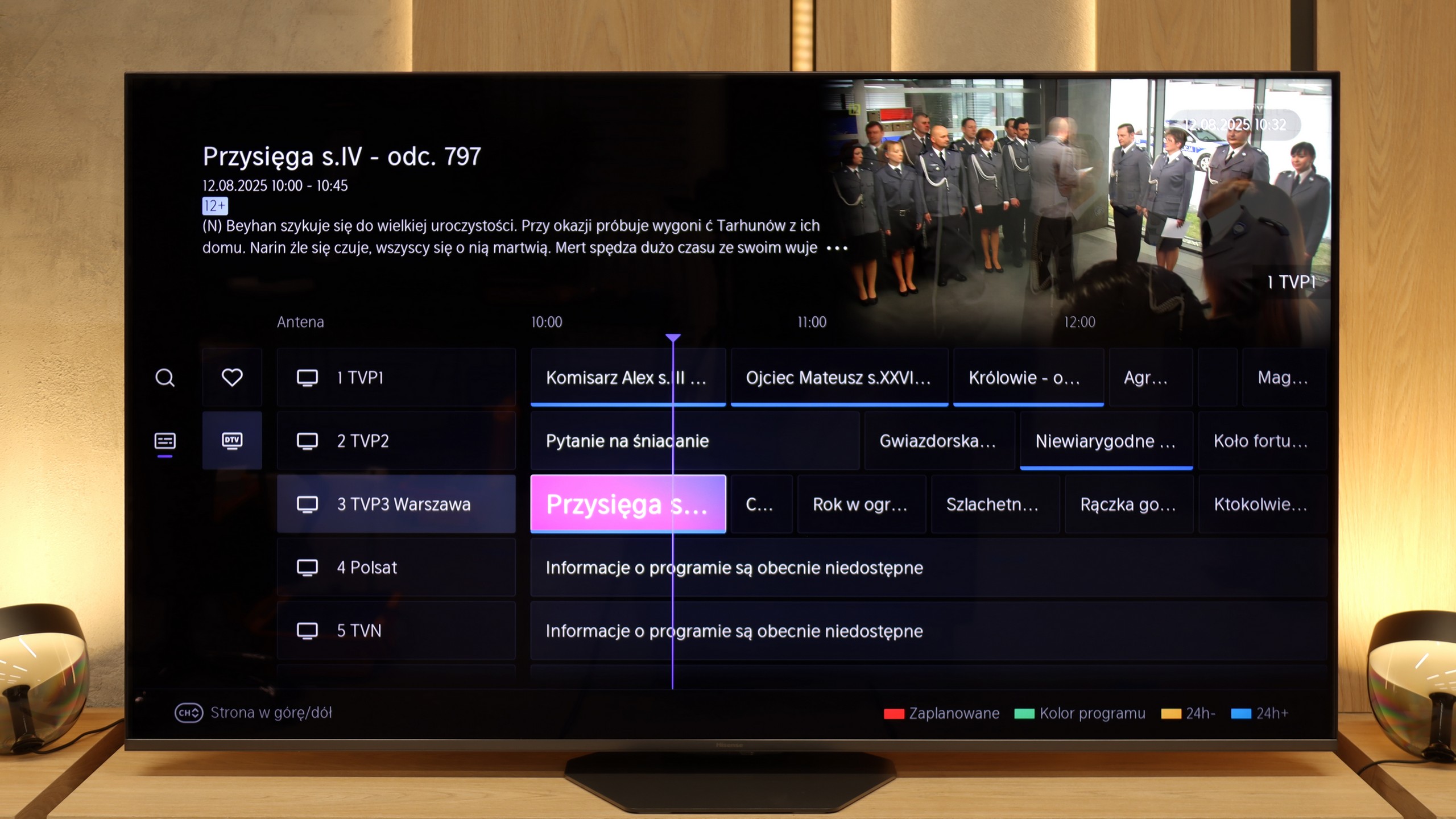
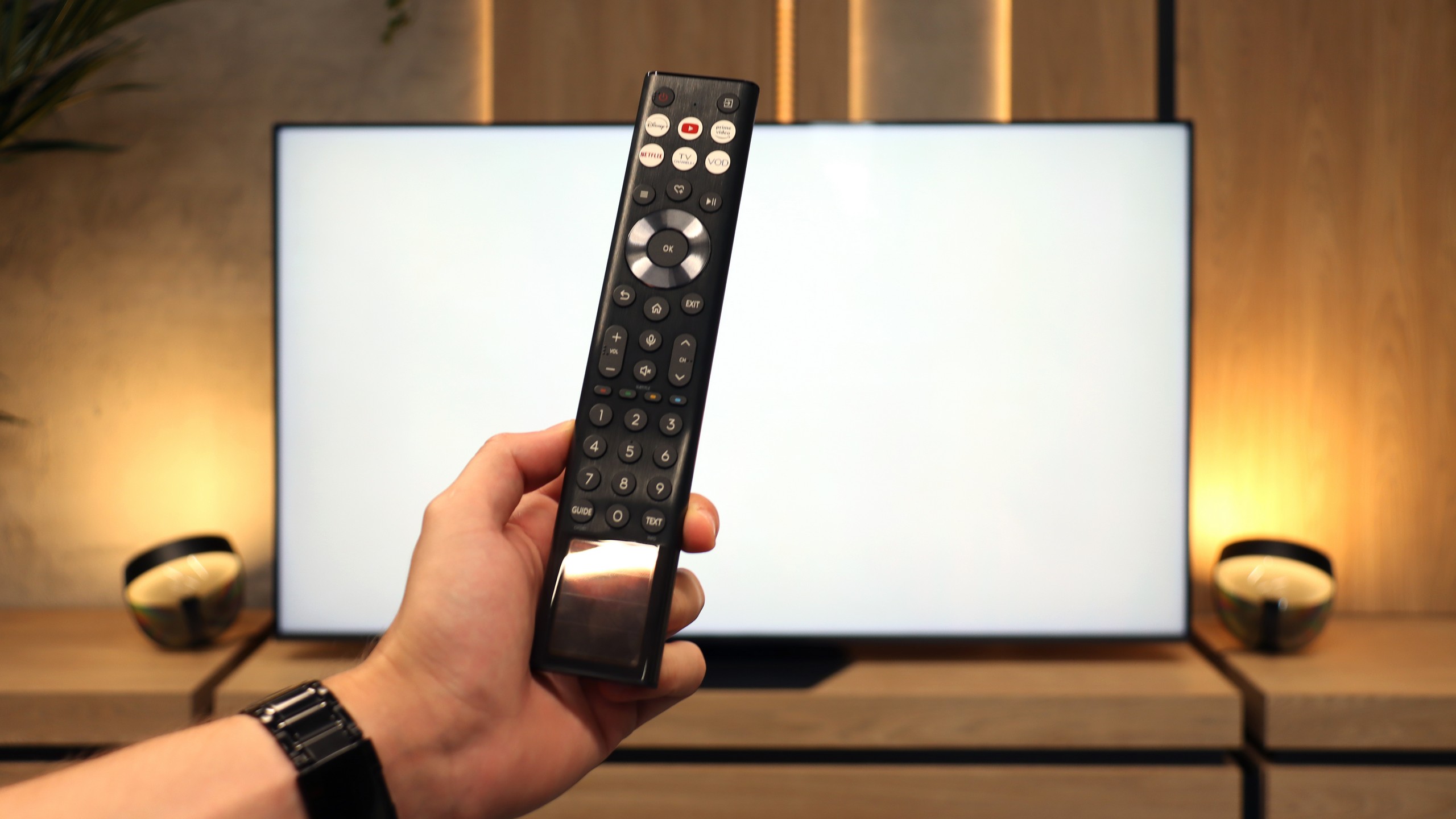
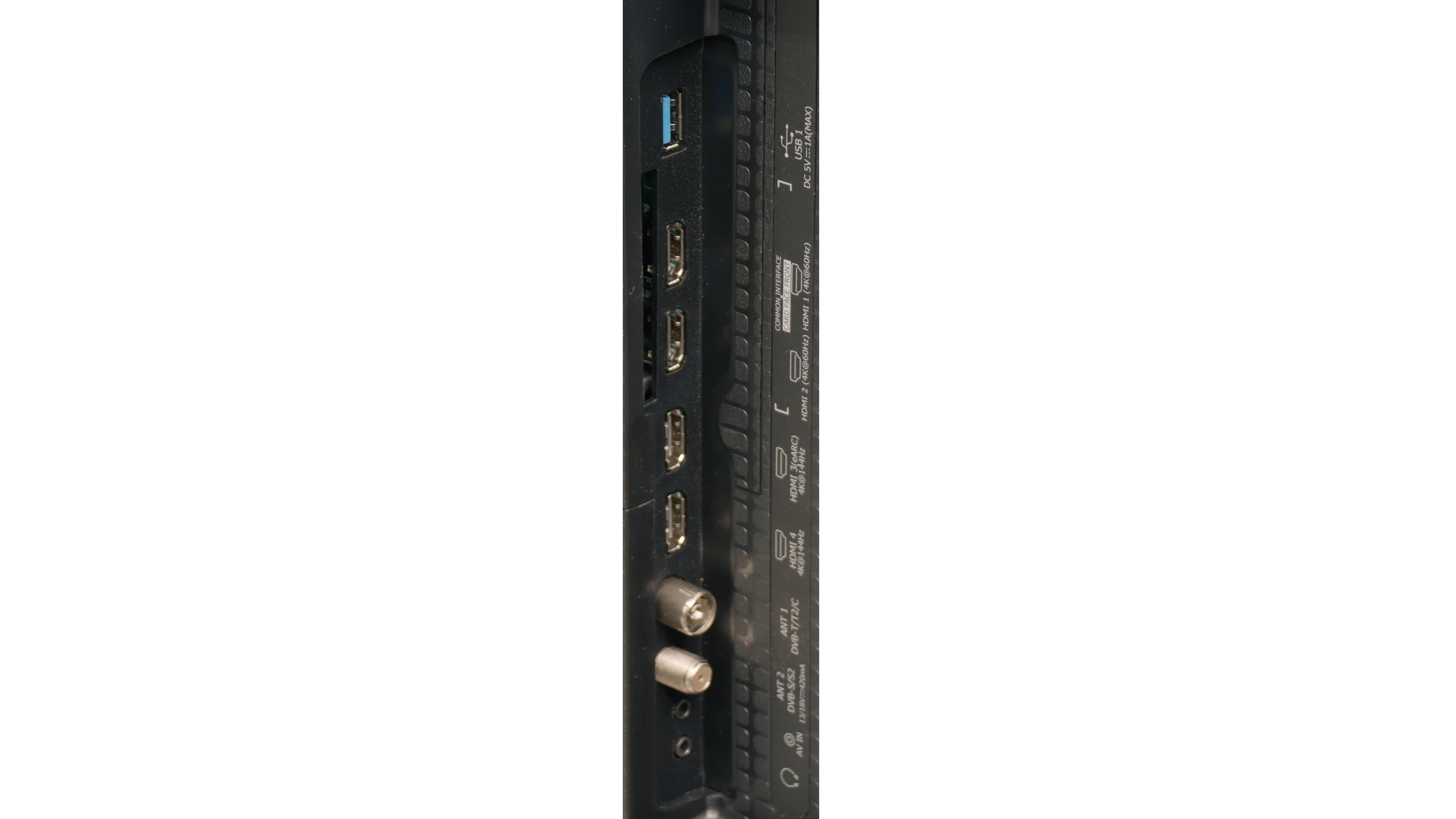




Classic Features
The Hisense U8Q runs on the VIDAA system, which can still be considered relatively new in the European market, but it must be admitted – the manufacturer has a lot to offer here. We find classic features that are still useful to many people: recording to USB, a clear EPG guide, and the ability to connect wired headphones, which will be especially appreciated by seniors. A nice addition is the presence of an audio jack – a connector that is slowly disappearing completely from televisions, yet here it has been retained.
USB-C in the Television!
A new feature in the U8Q is the USB-C port with DisplayPort support. This is an unconventional but very practical solution – thanks to it, you can connect a laptop or phone with one cable, even if these devices do not have an HDMI output.
Smart Features: VIDAA
When it comes to smart features, VIDAA works efficiently. The interface is fast, applications open without significant delays, and network functions – such as screen mirroring or AirPlay – work very well. Of course, there are minor shortcomings, but these are more details than real problems. The Achilles' heel remains the somewhat limited application library. However, it is worth remembering that the list of available programs can change from day to day – some disappear, while others appear, so the situation may improve.
GoogleTV on OLED820
Philips OLED820 runs on the Google TV system, which immediately places it among televisions that truly offer user freedom. It’s a fantastic platform that needs no introduction – it boasts almost an endless number of applications, from popular VOD services to niche programmes or games. Google TV also allows you to personalise the home screen, tailoring content to our preferences, so the television actually “learns” our viewing style. A significant advantage is also the voice assistant from Google – fast, natural, and effective. It can understand even less obvious questions, and in practice, it works much better than many competitors. Unfortunately, there was a hiccup – the screen mirroring feature simply did not work during testing. This can be considered a minor issue, but in 2025, such things simply shouldn’t happen.
Classic Features of OLED820
When it comes to classic additions, the OLED820 does not try to play conservative notes. On one hand, we get a backlit remote control with a numerical keypad that is quite well organised and easy to use. On the other hand – you have to aim it at the screen, as it operates on infrared, which is more reminiscent of equipment from a decade ago than a modern television. It also lacks some features that are often found in competitors – there is no USB recording from tuners or a PIP mode. A nice touch among the classic solutions is the analogue mini-jack headphone input. This is rare today and could prove useful – whether for a senior with an additional headphone station or for someone who would like to connect older speakers.
AmbilightTV OLED820
One cannot overlook Ambilight, which is a hallmark of Philips. This solution impacts not only the appearance of the television but also the reception of content. The illumination system can be set up in various ways, from a multi-coloured mode that dynamically tracks the image to calmer, static backlighting. We definitely recommend the latter option, as the gentle light behind the screen makes the content being watched, combined with the OLED matrix, look even deeper and more engaging. It’s a simple yet very effective addition that has given Philips televisions character for years.
Playing files from USB
8.3/10
9.5/10
Supported photo formats:
Maximum photo resolution:
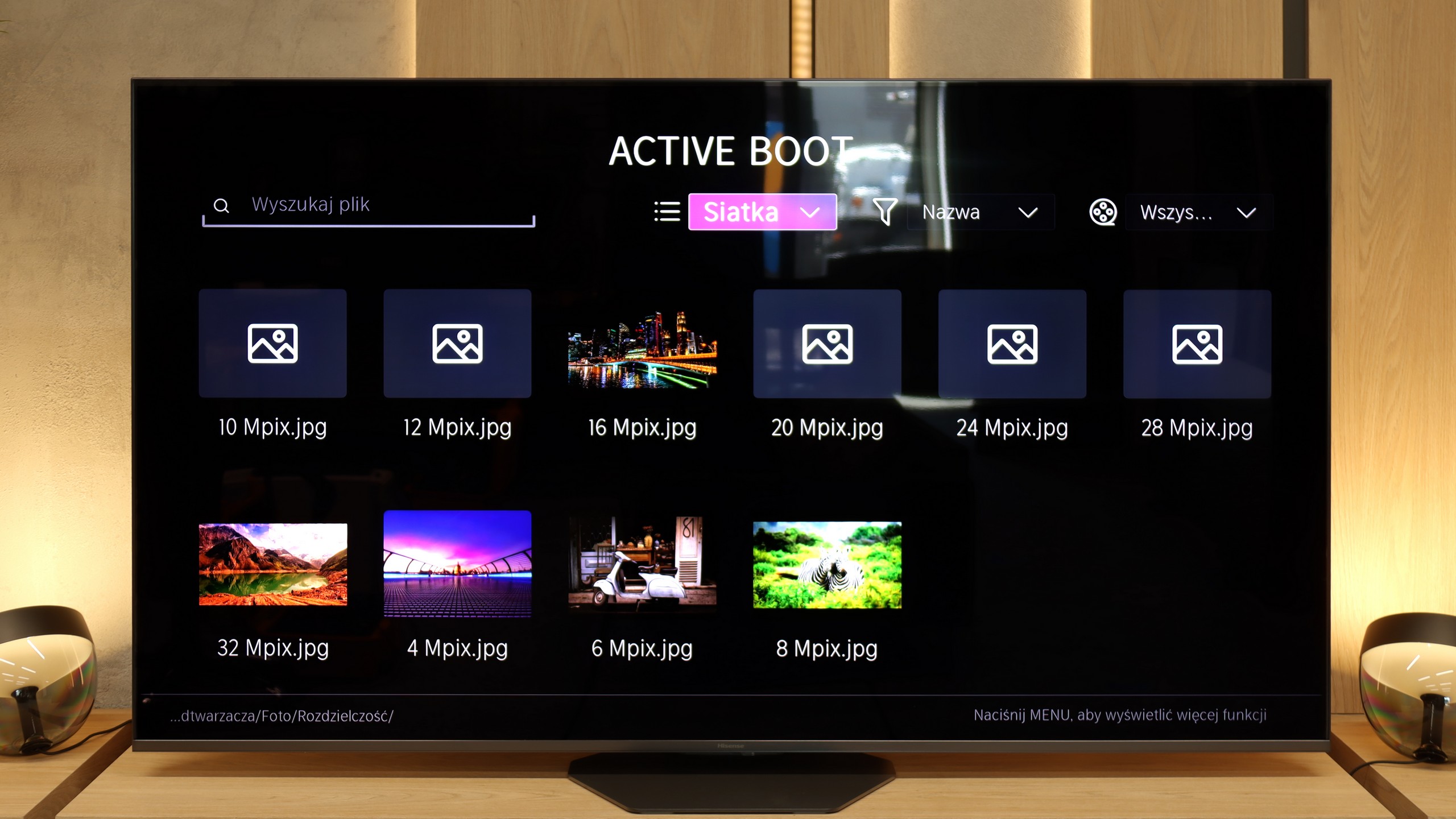

The built-in media player in the Hisense U8Q will be more than sufficient for most people. The television opens popular video and audio formats and also handles photos. However, there is a small caveat – not all photo resolutions are supported. Therefore, if we have photographs saved in a very high number of megapixels, they may simply not open. It is worth keeping this in mind to avoid unpleasant surprises during the family photo presentation.
The Philips OLED820 has a built-in file player with USB, which at first glance looks quite clunky, but in practice works surprisingly well. One could even say that it is one of the best built-in players available in televisions. It handles practically every type of file: photos, videos or music, with a few minor exceptions that most of the competition does not support either. And if someone still feels like something is missing, there is always the option of installing the VLC application from the Google Play library, and the problem disappears.
Apps
7.7/10
9.6/10














































Sound
7.8/10
7.7/10
- Maximum volume88dB81dB
- Dolby Digital Plus 7.1
- Dolby True HD 7.1
- Dolby Atmos in Dolby Digital Plus (JOC)
- Dolby Atmos in Dolby True HD
- DTS:X in DTS-HD MA
- DTS-HD Master Audio
The Hisense U8Q performs really well in terms of sound. The sound quality is pleasant, with a slight bass and quite decent mid-tones, making it entirely sufficient for everyday viewing of films, series, or gaming.
It gets a bit worse when we crank the volume up to 100%. This is rather a rare scenario, but it’s worth mentioning. With very strong bass, the rear speakers start to work so intensely that the television can slightly 'shudder', and the sound transitions into an unpleasant, plastic echo. Therefore, it’s best to stay within the range of 70–80% volume – at that level, the U8Q sounds clear and pleasant, without any unwanted effects.
The Philips OLED 820 features a built-in 4.1 speaker system with a total power of 70 W. At the back of the casing is a subwoofer, which is responsible for quite solid and deep bass. The classic speakers responsible for the rest of the range are located at the bottom of the television, which means that the sound does not always spread in the way we would want. However, the overall sound can be considered acceptable – series, television programmes, or occasional music listening are satisfactory, with a slight bass support. This should be sufficient for daily use, although we still recommend purchasing even an inexpensive soundbar, which will significantly improve the user experience.
Acoustic Measurements
88dBC (Max)
75dBC
81dBC (Max)
75dBC


